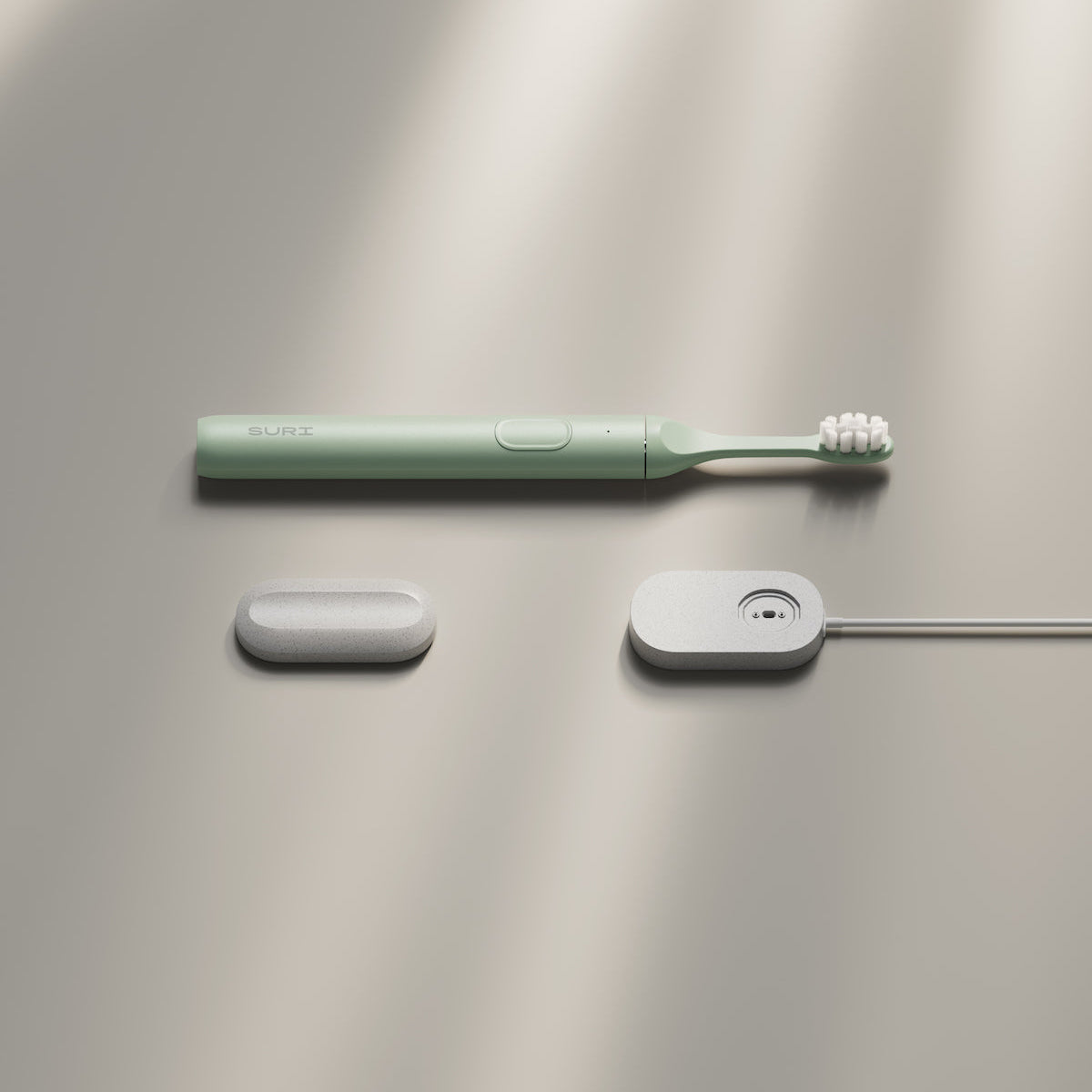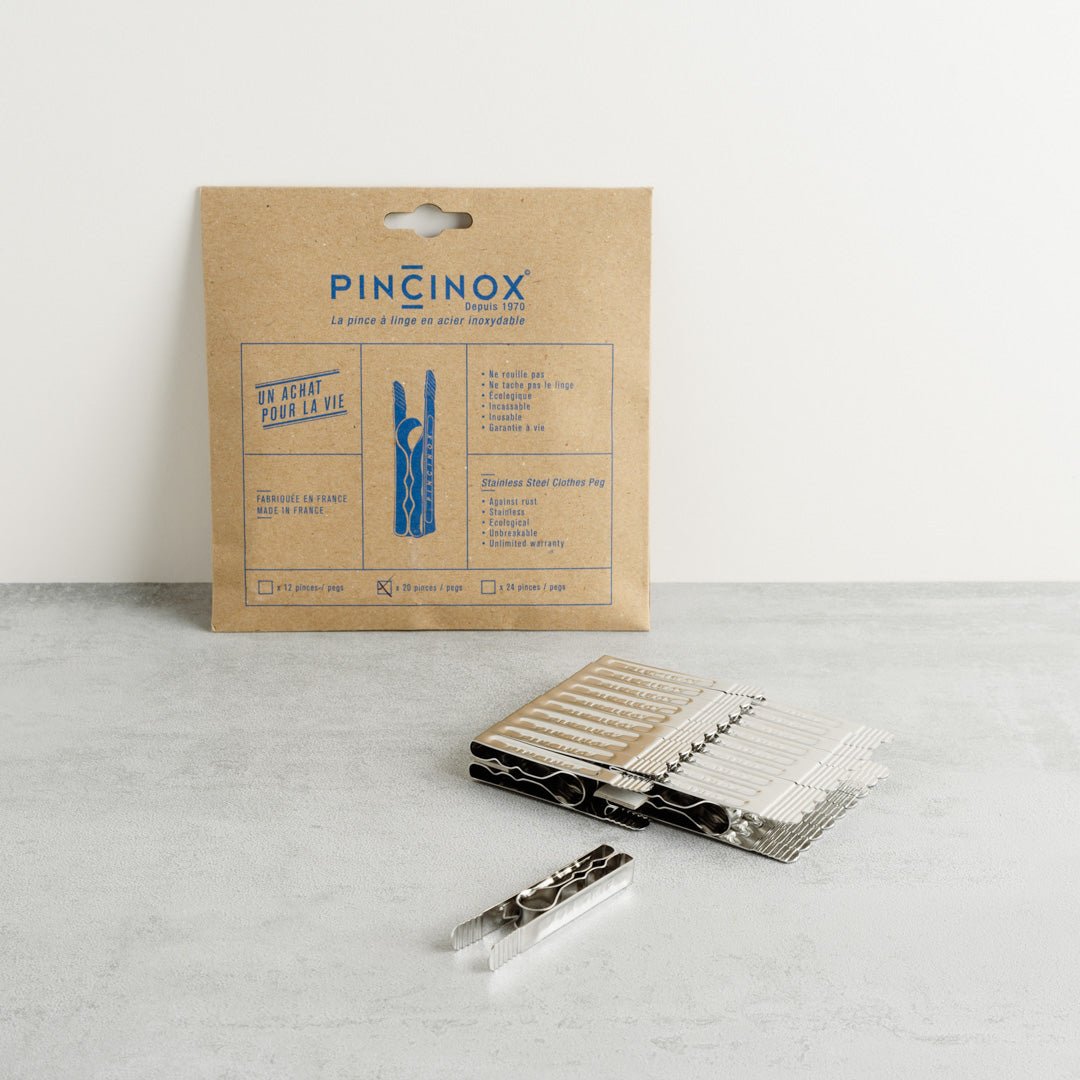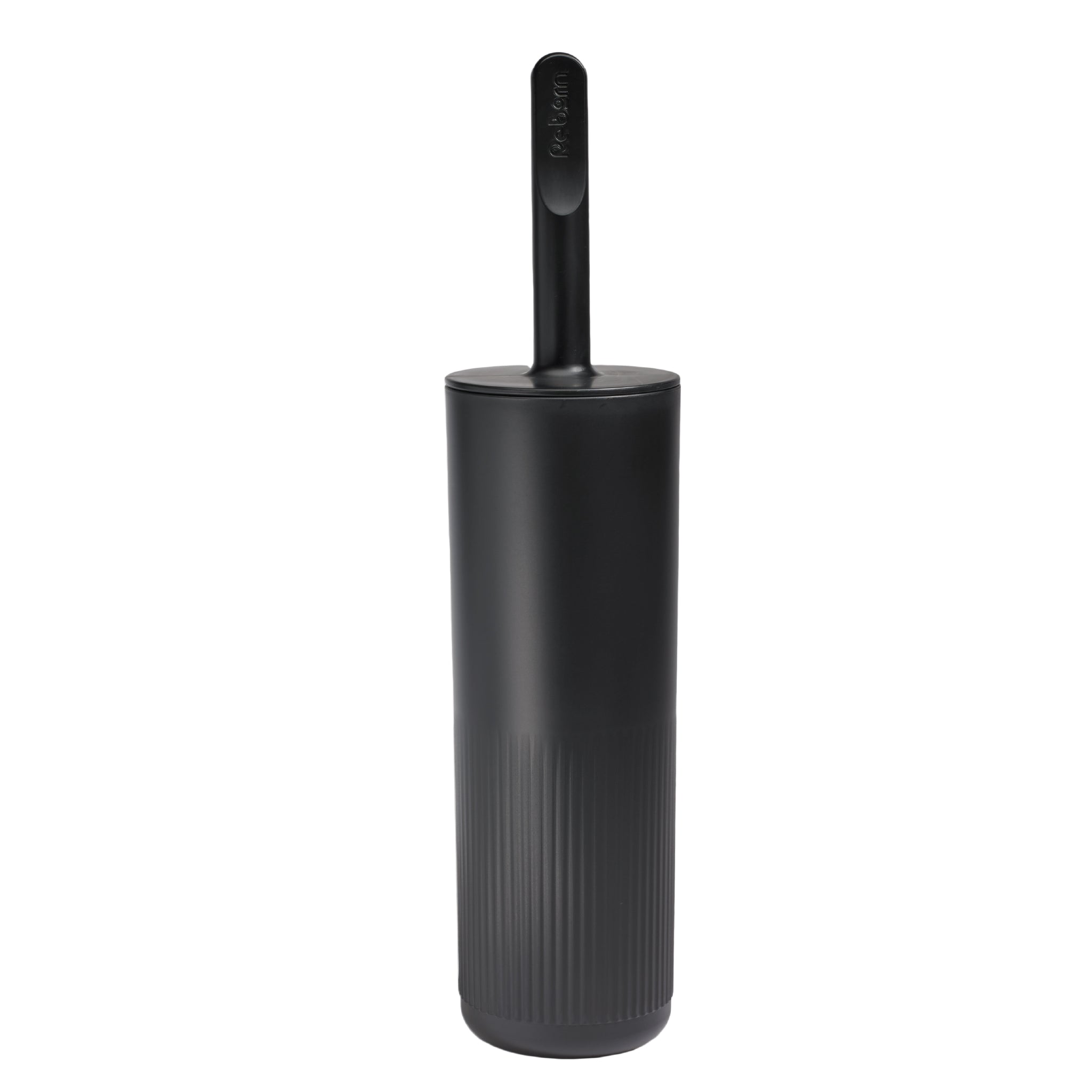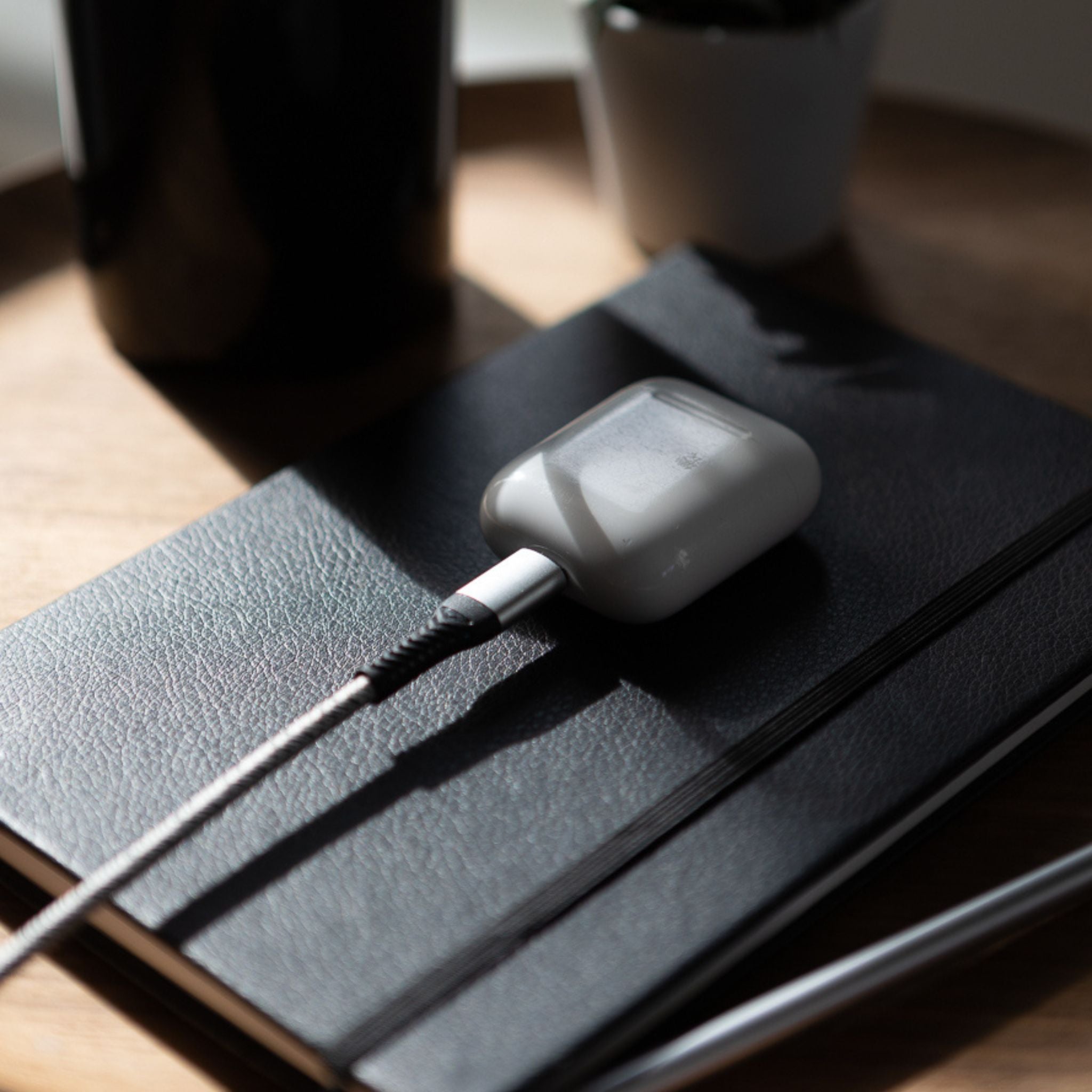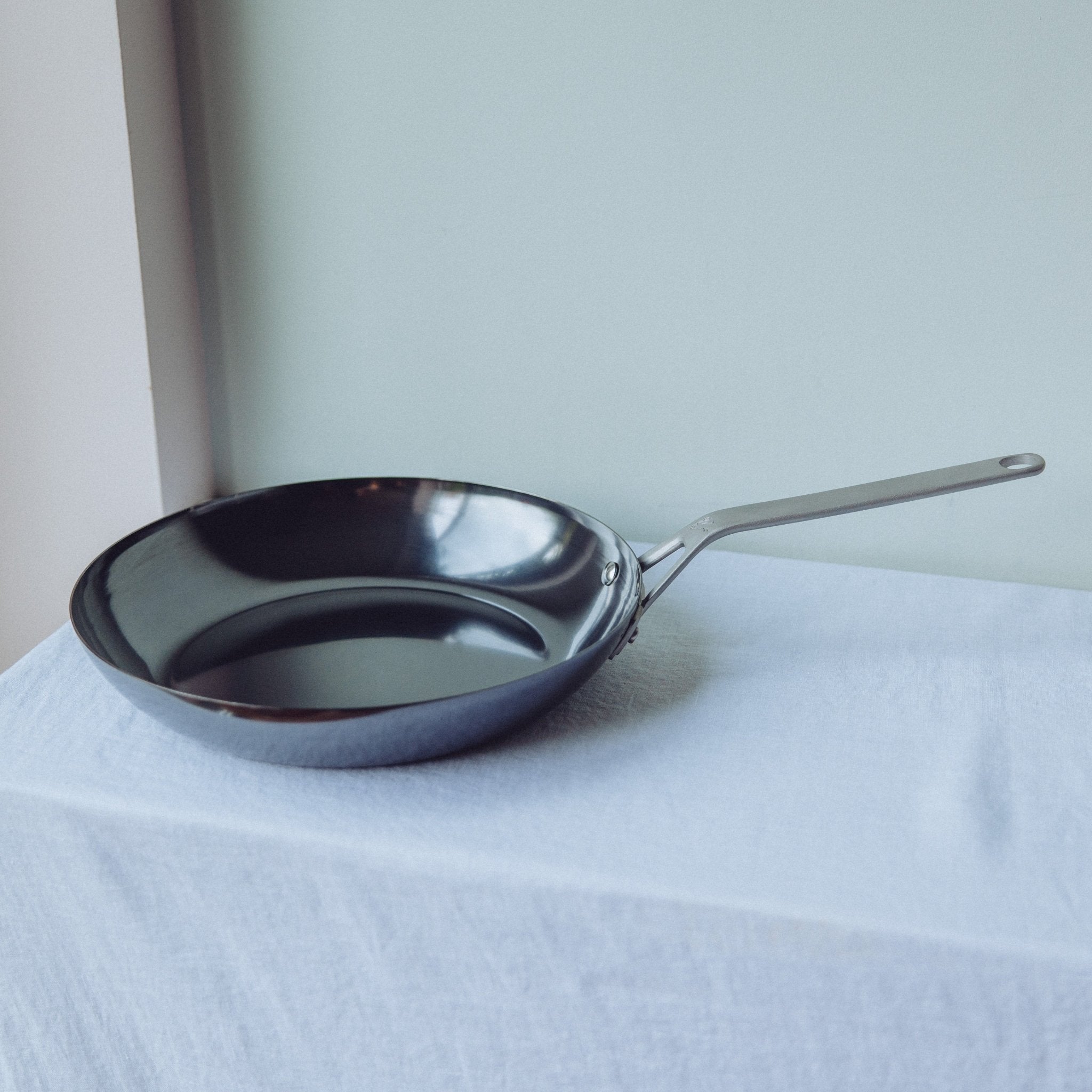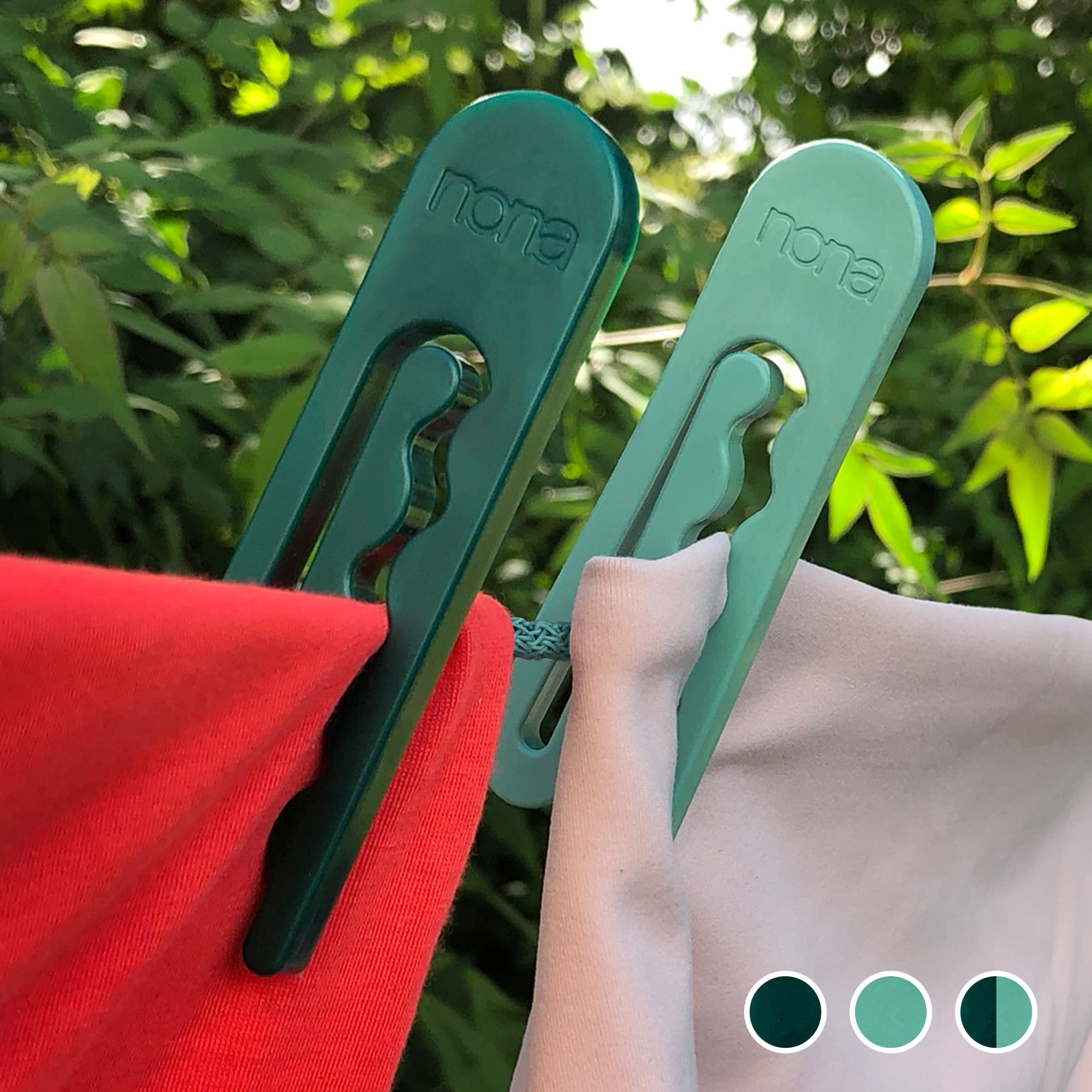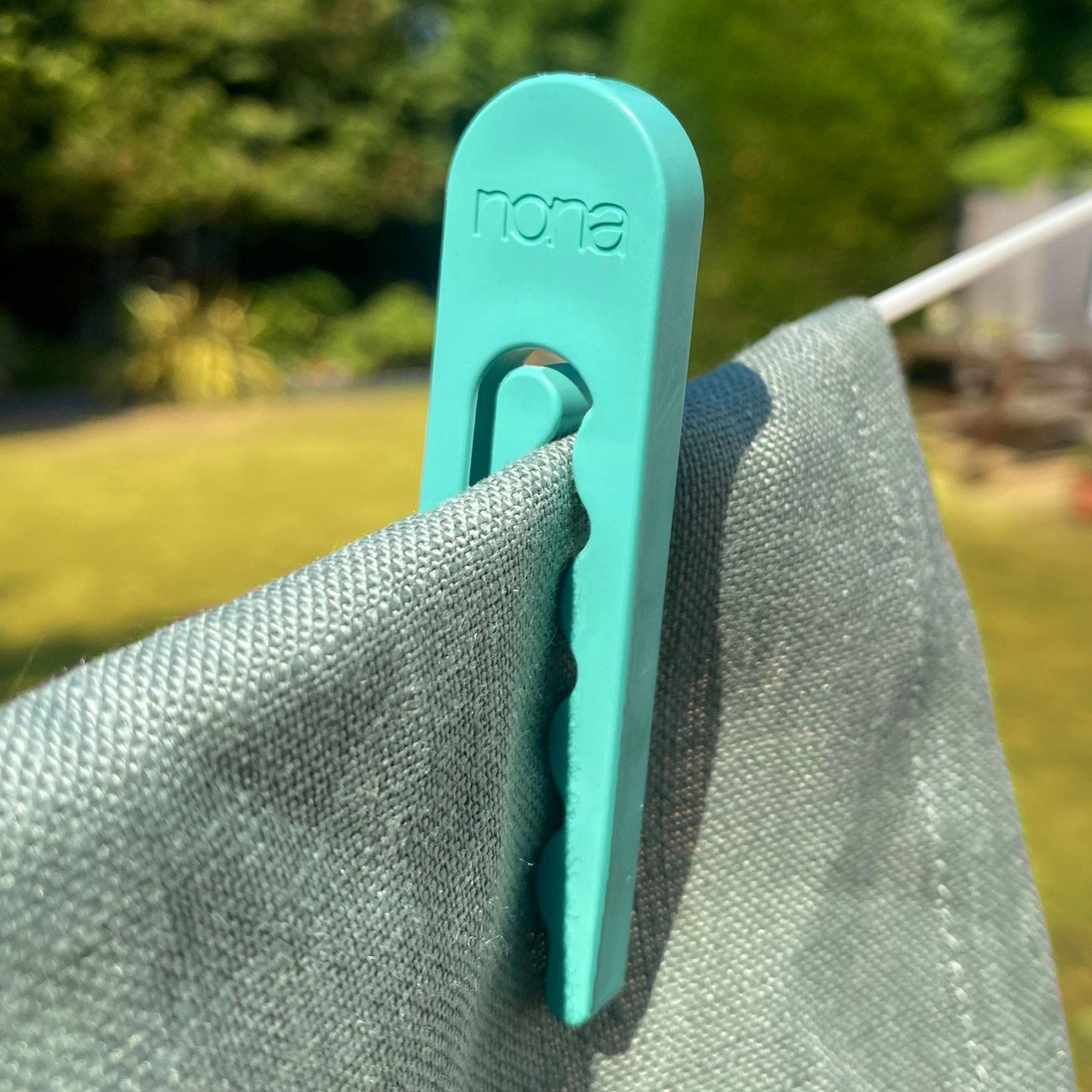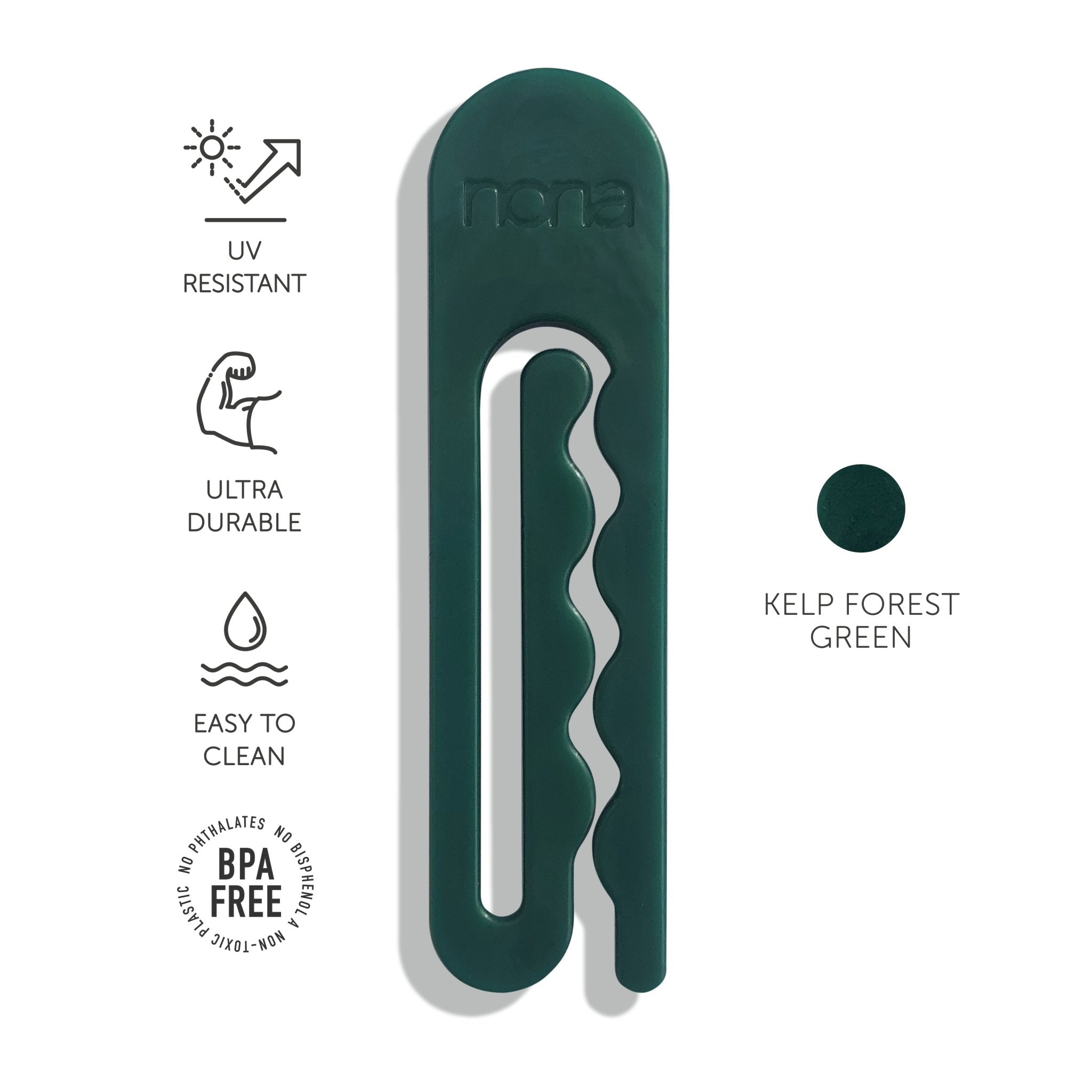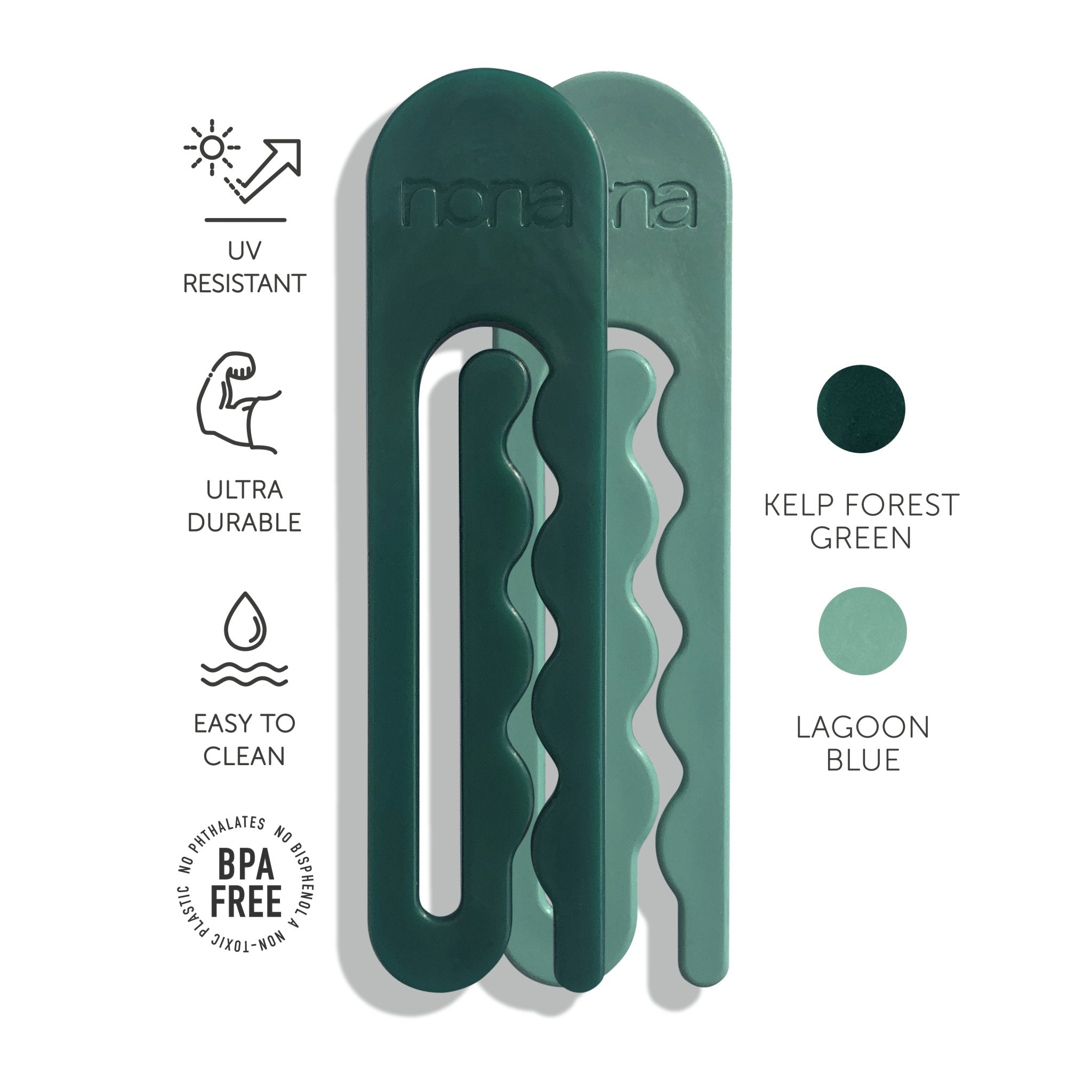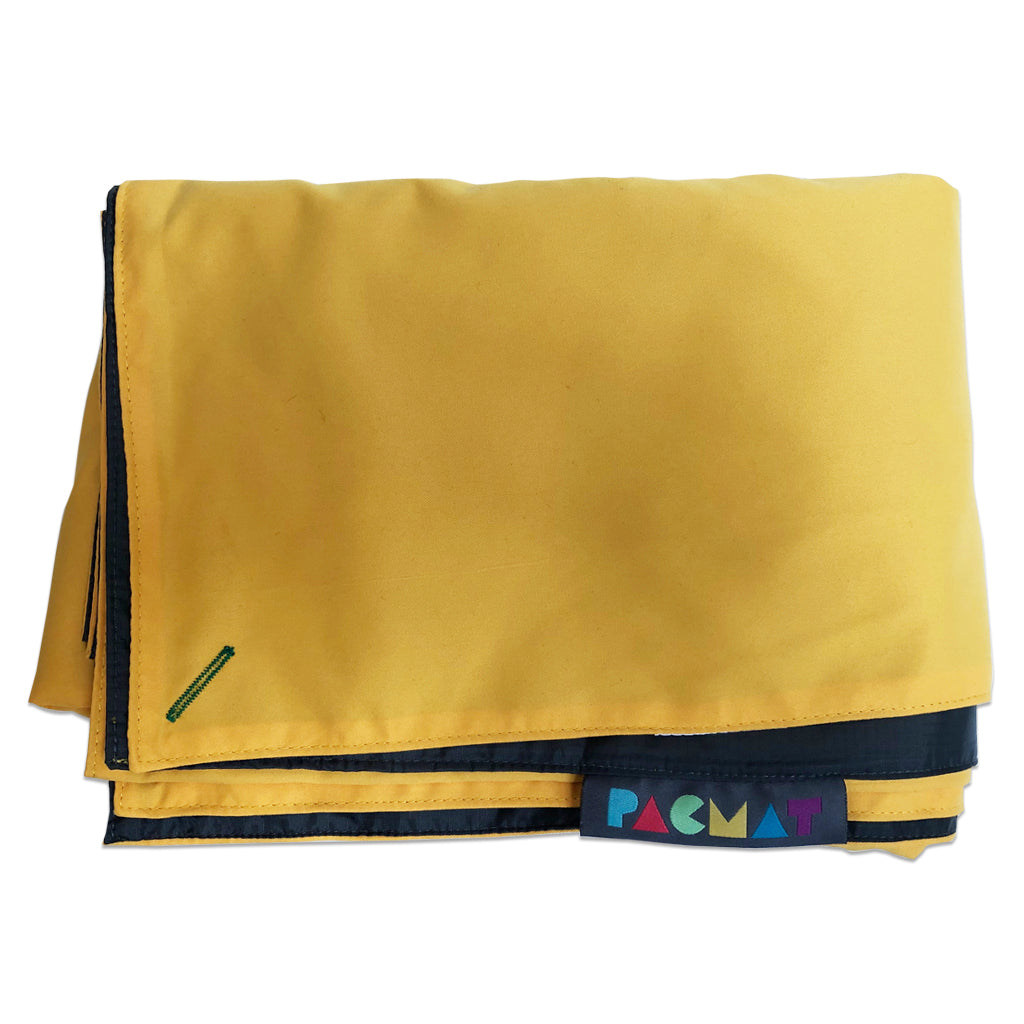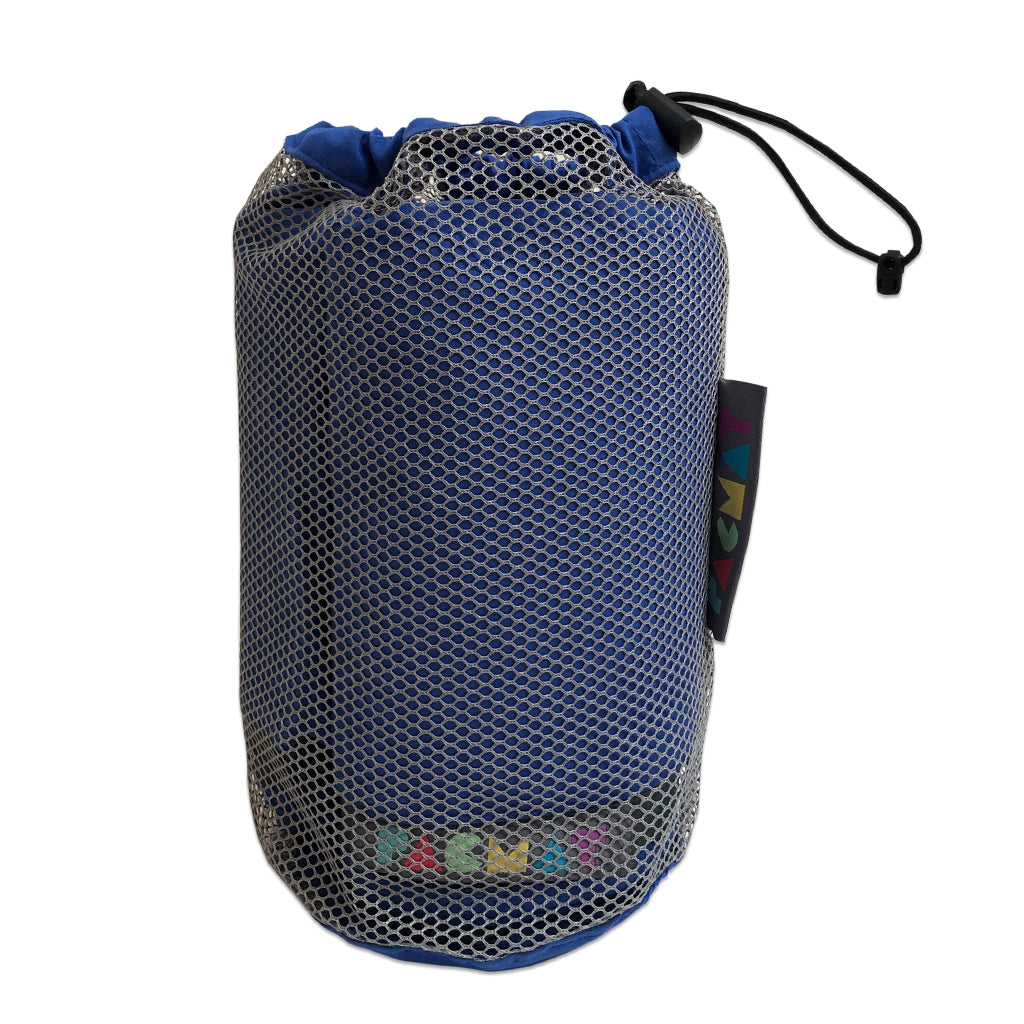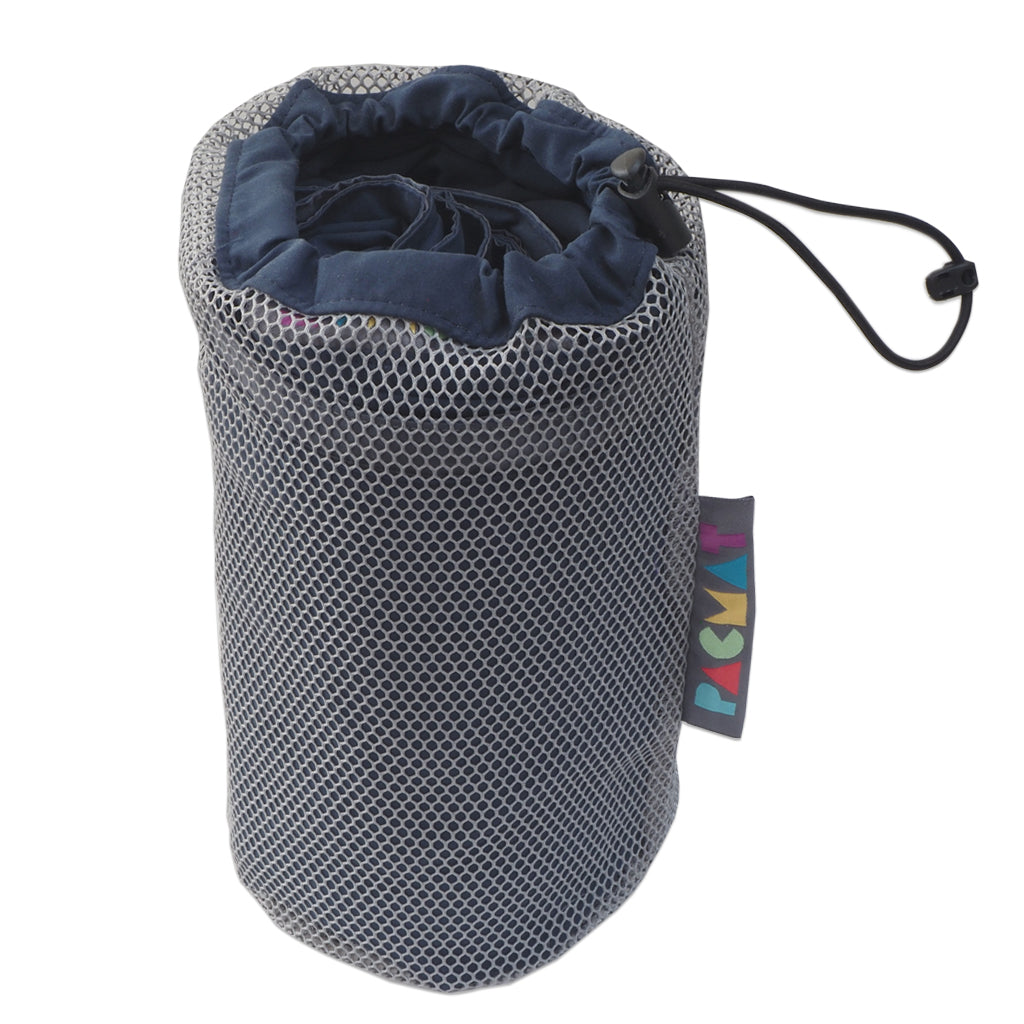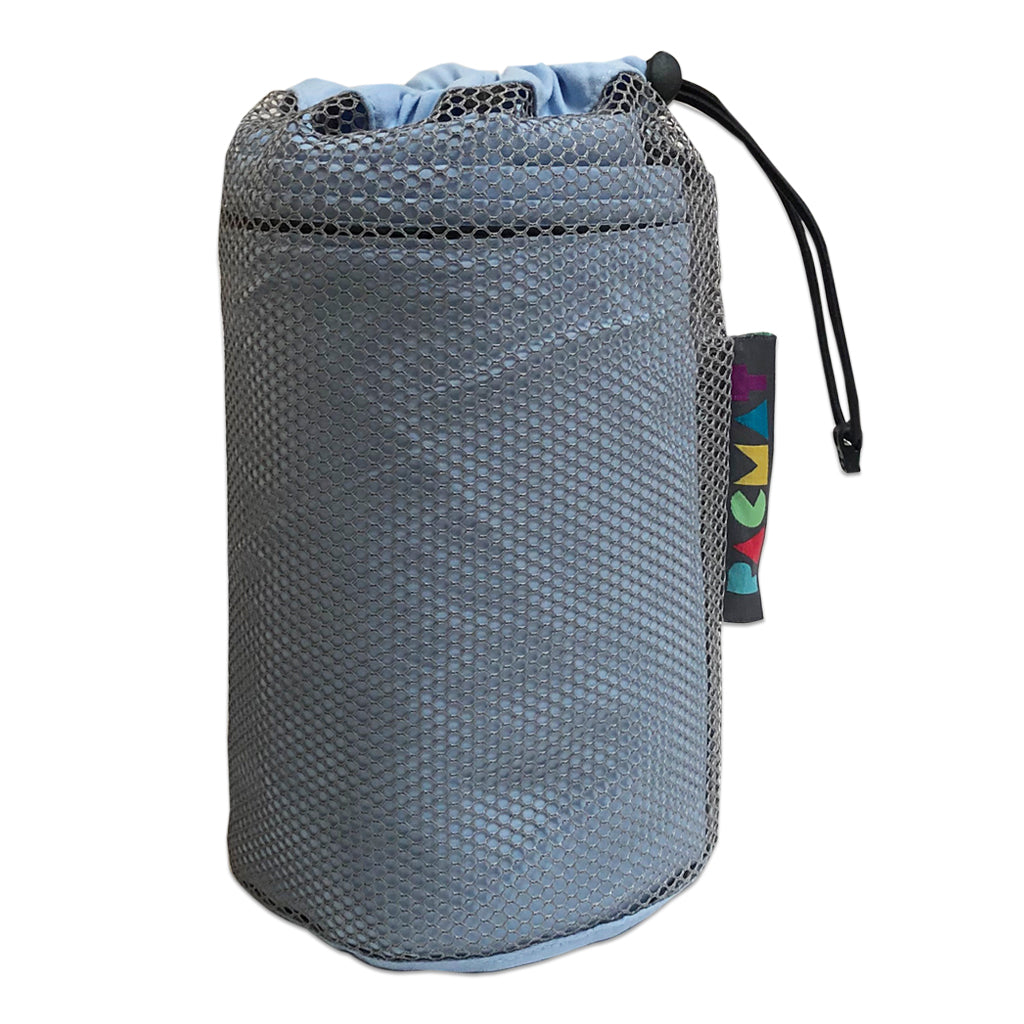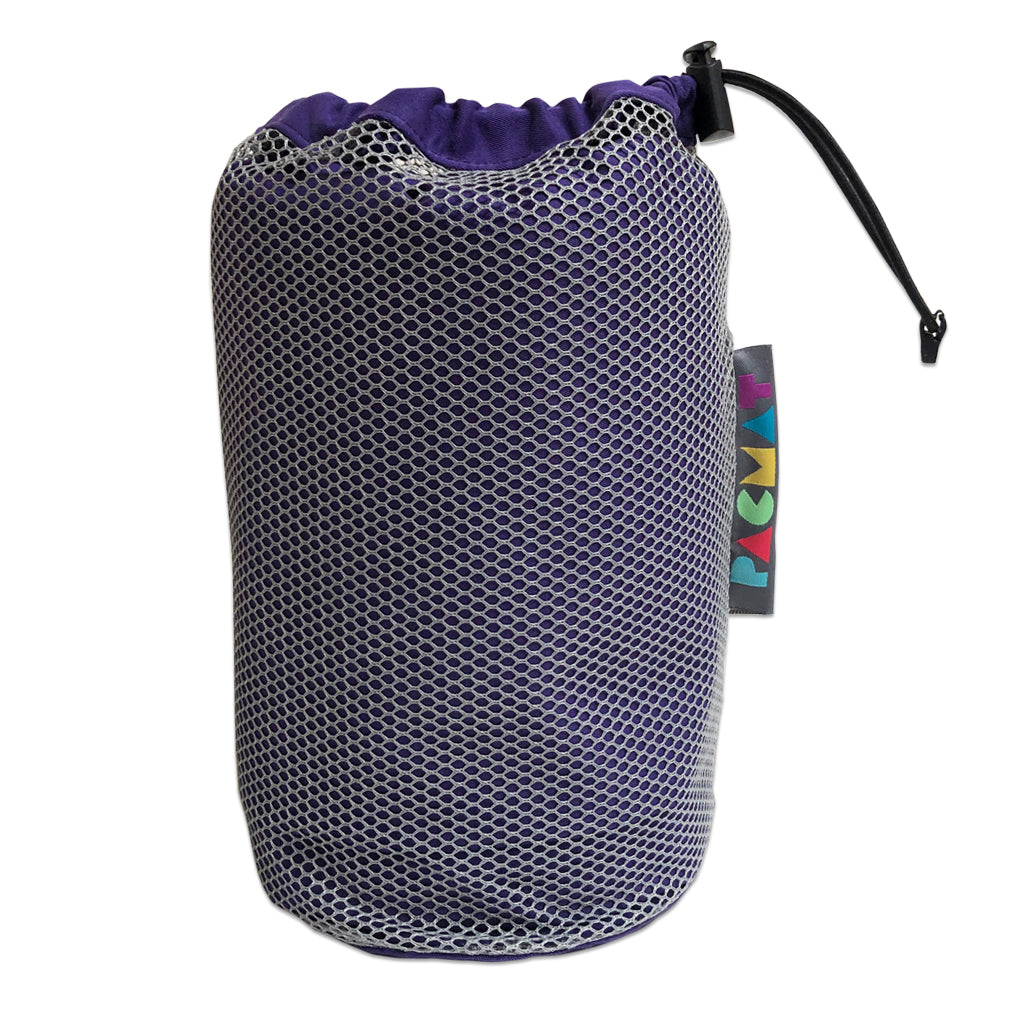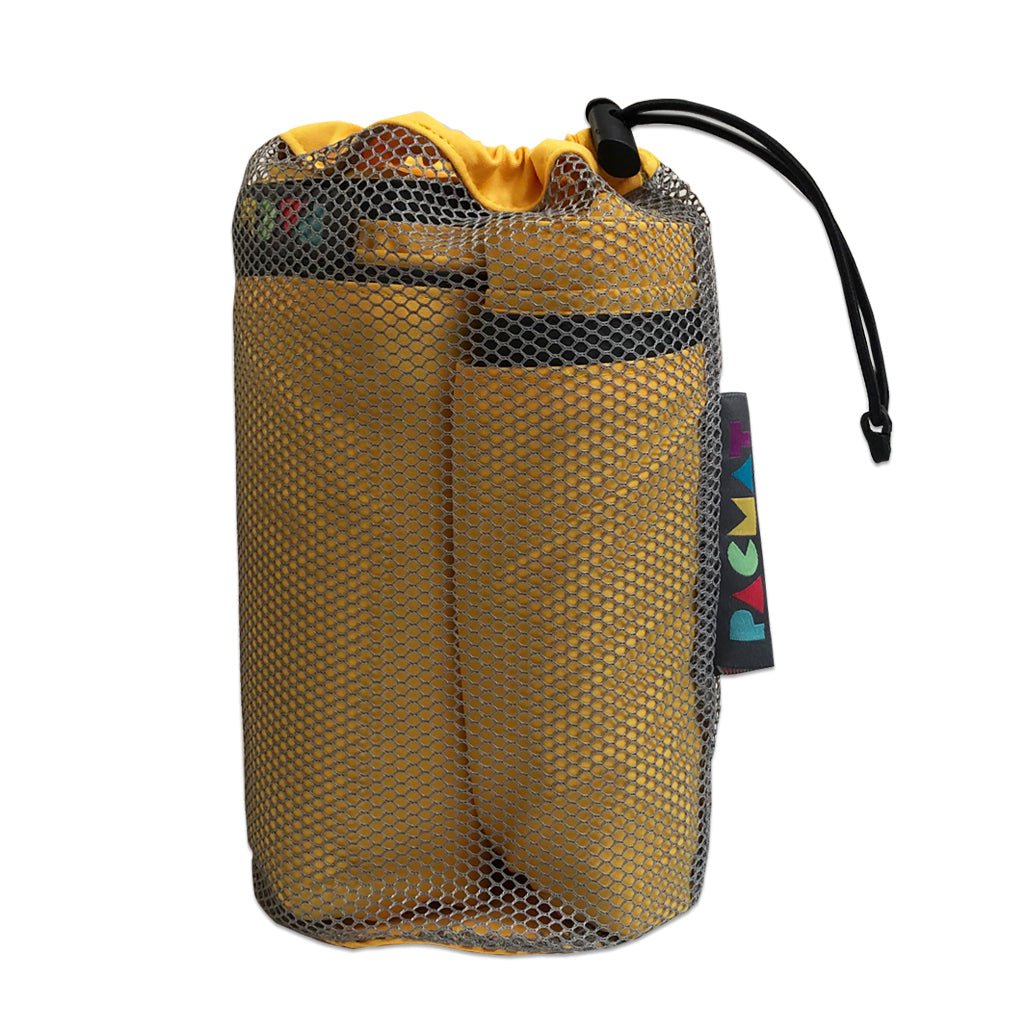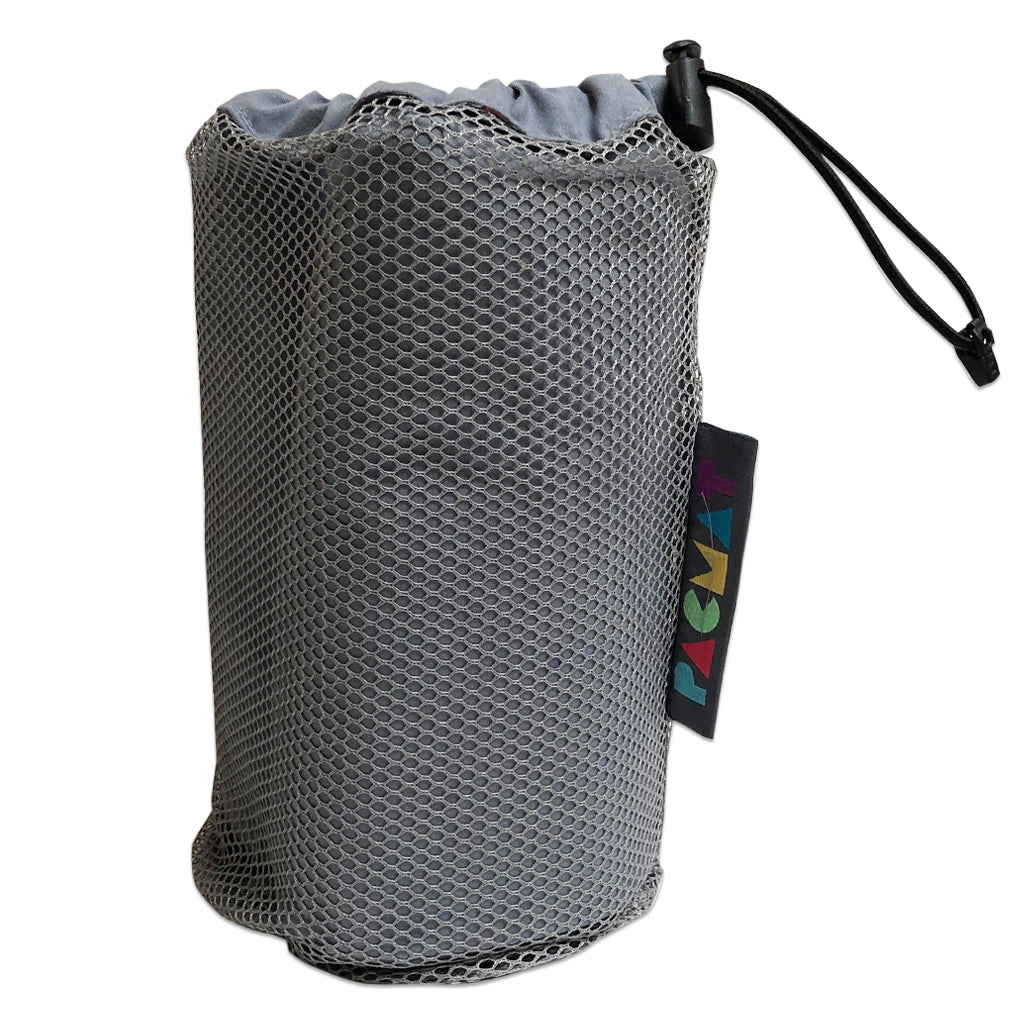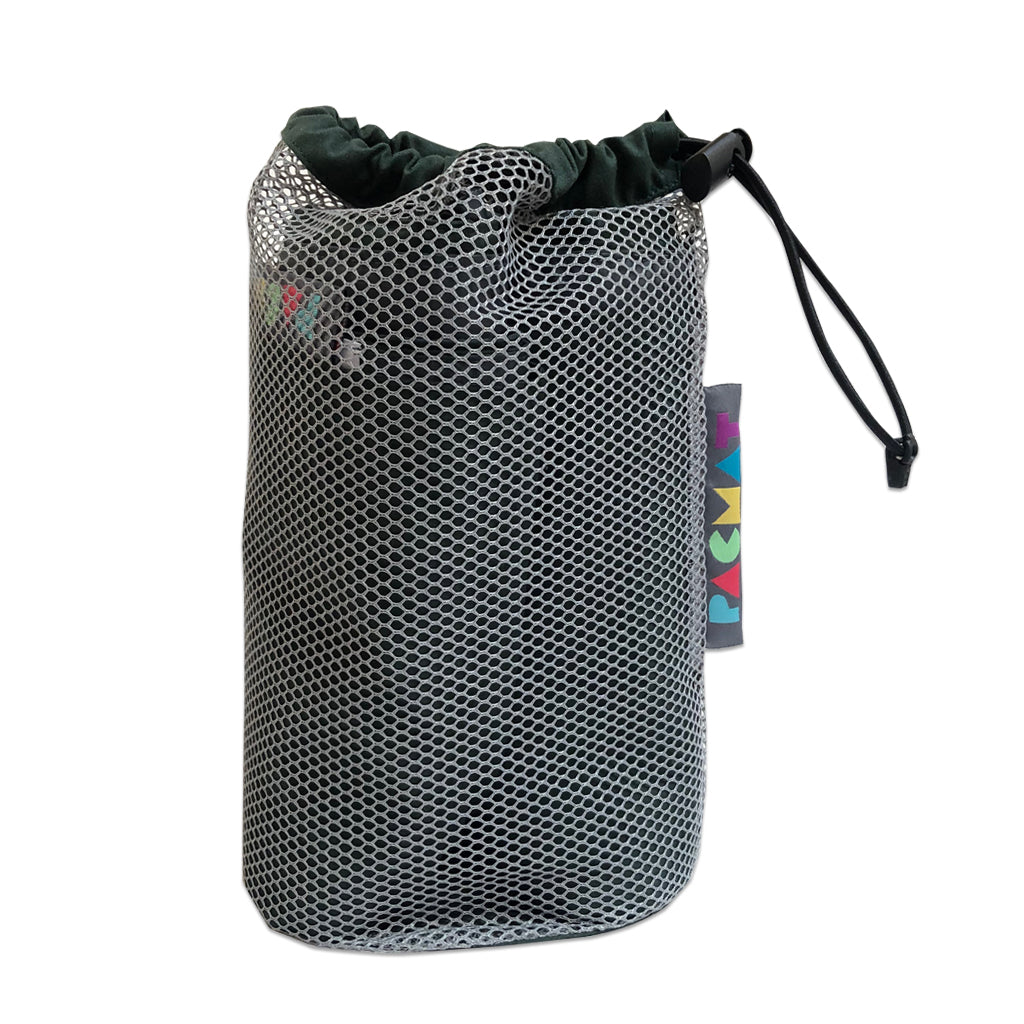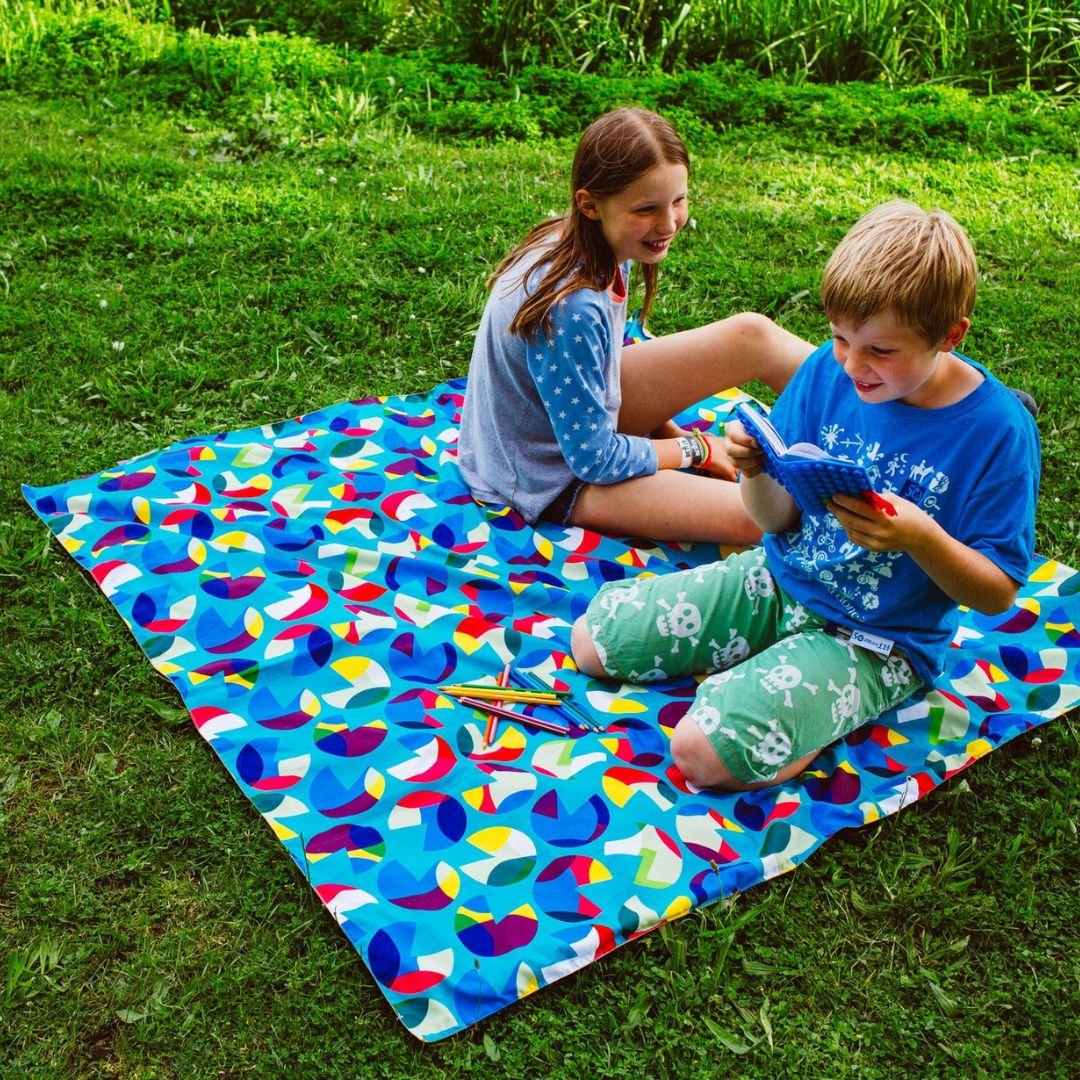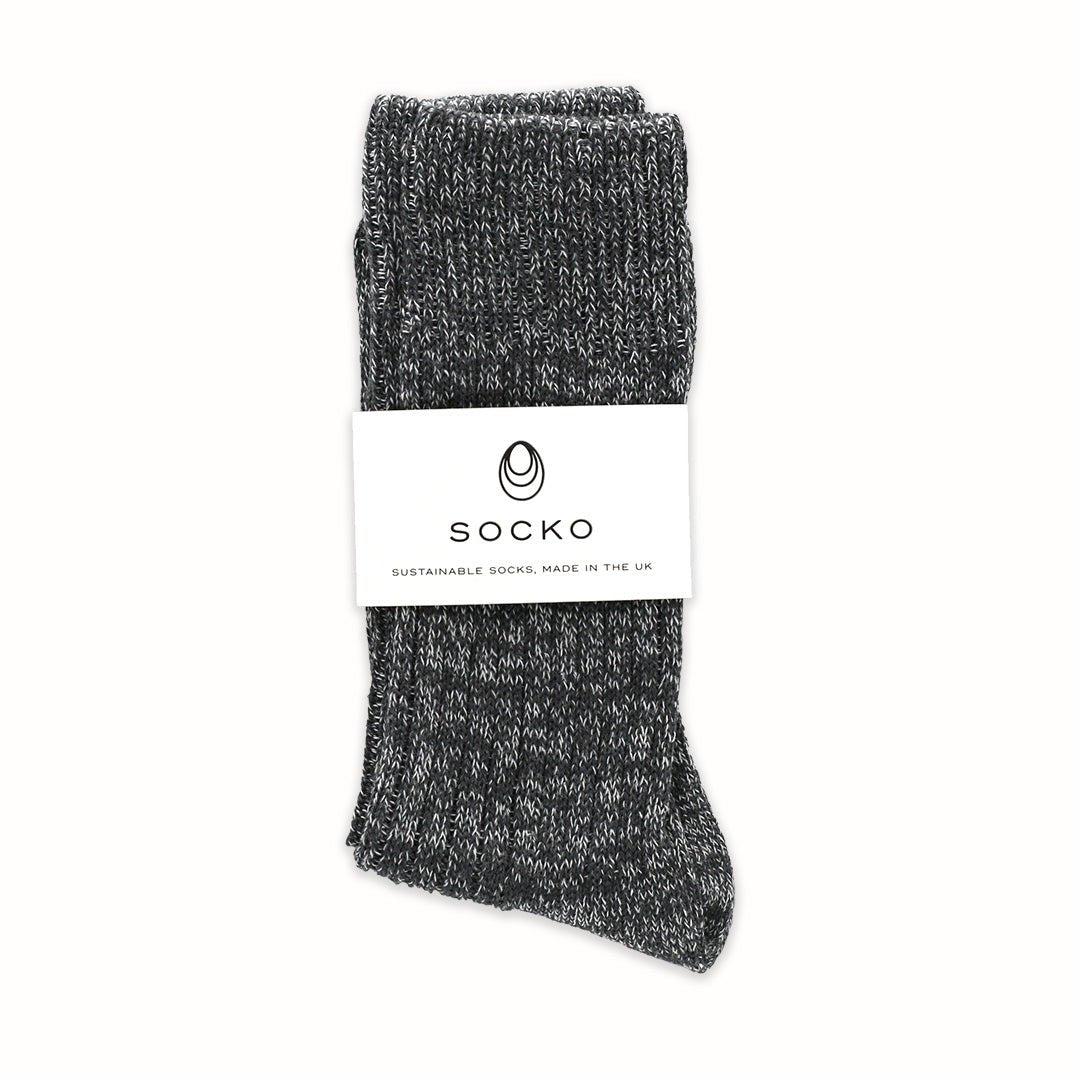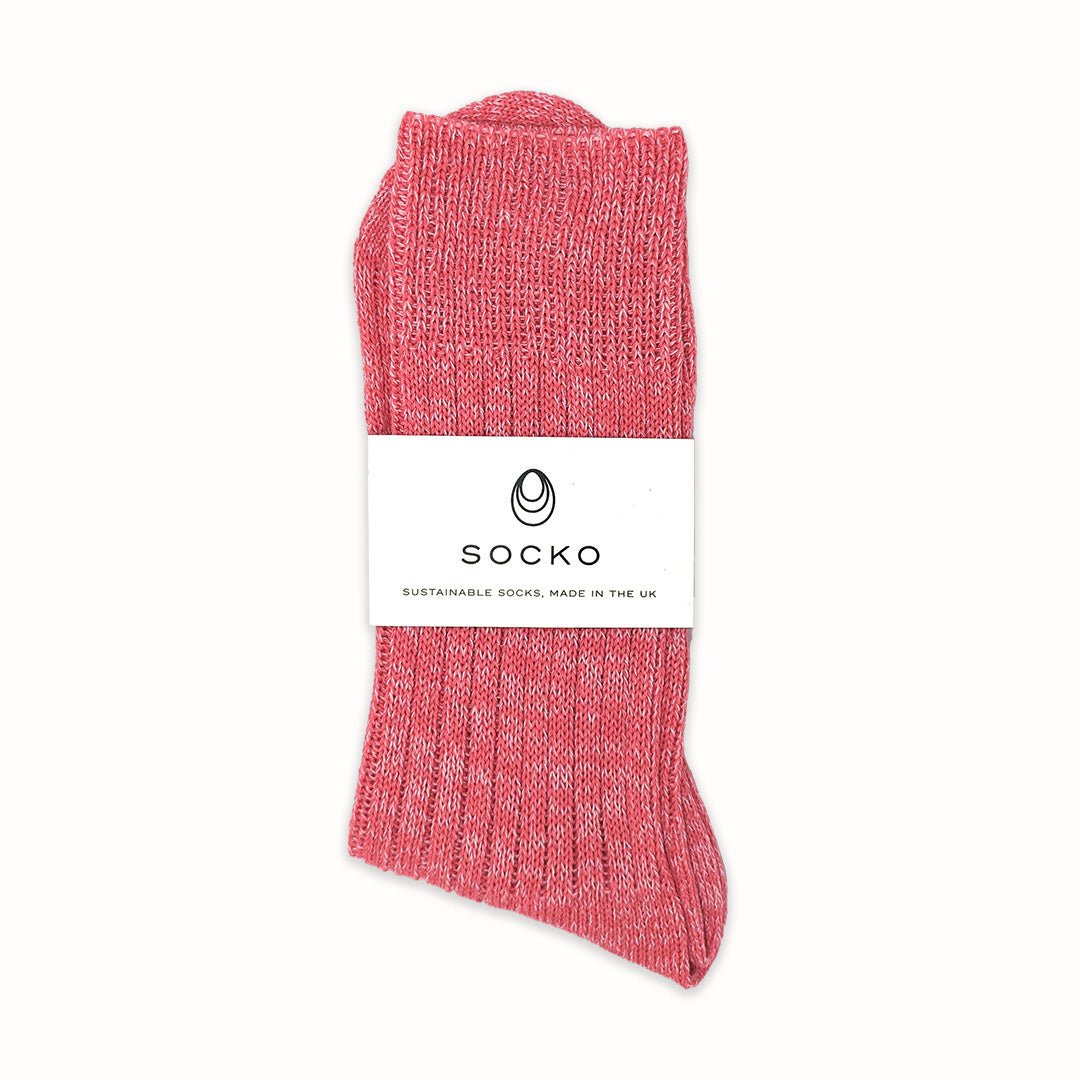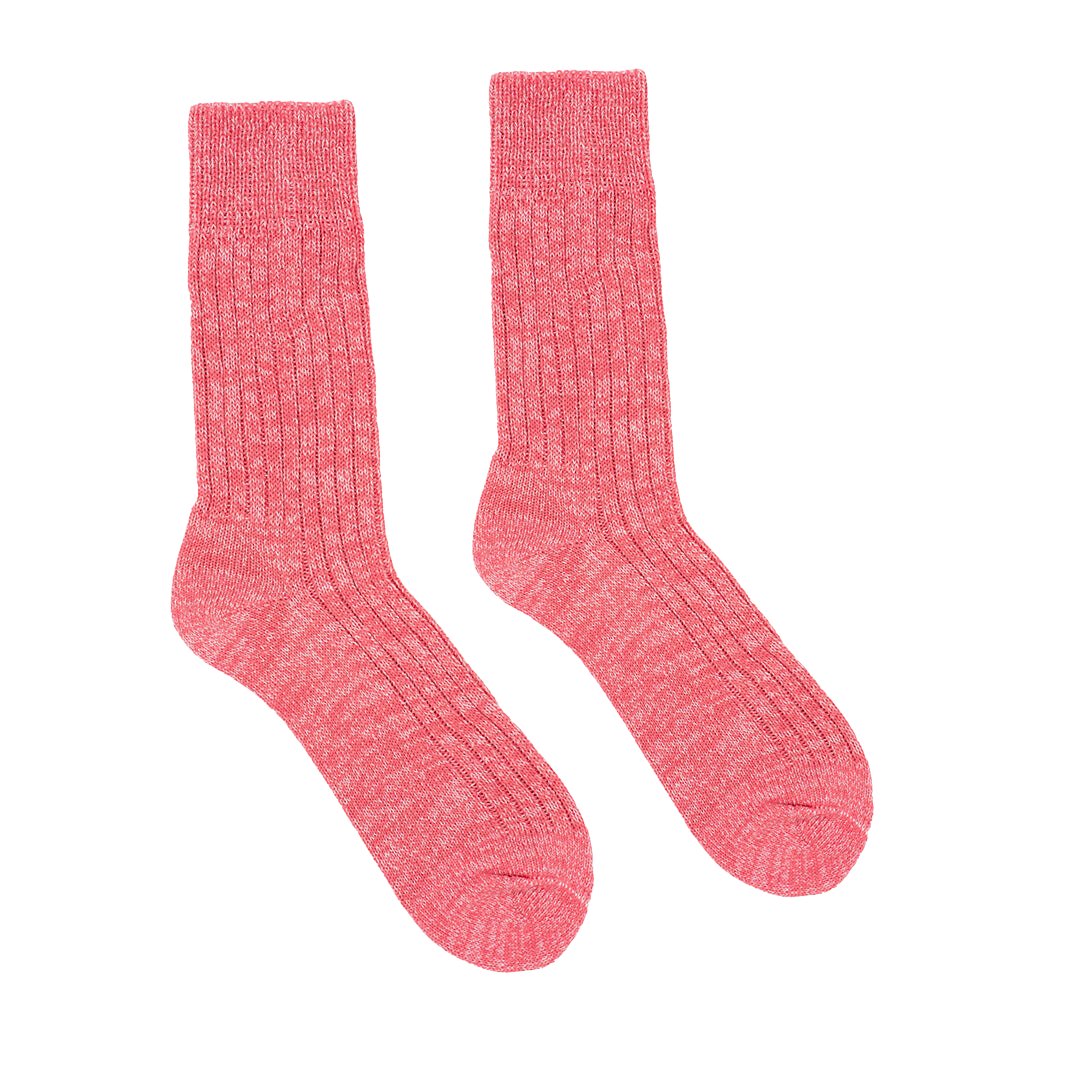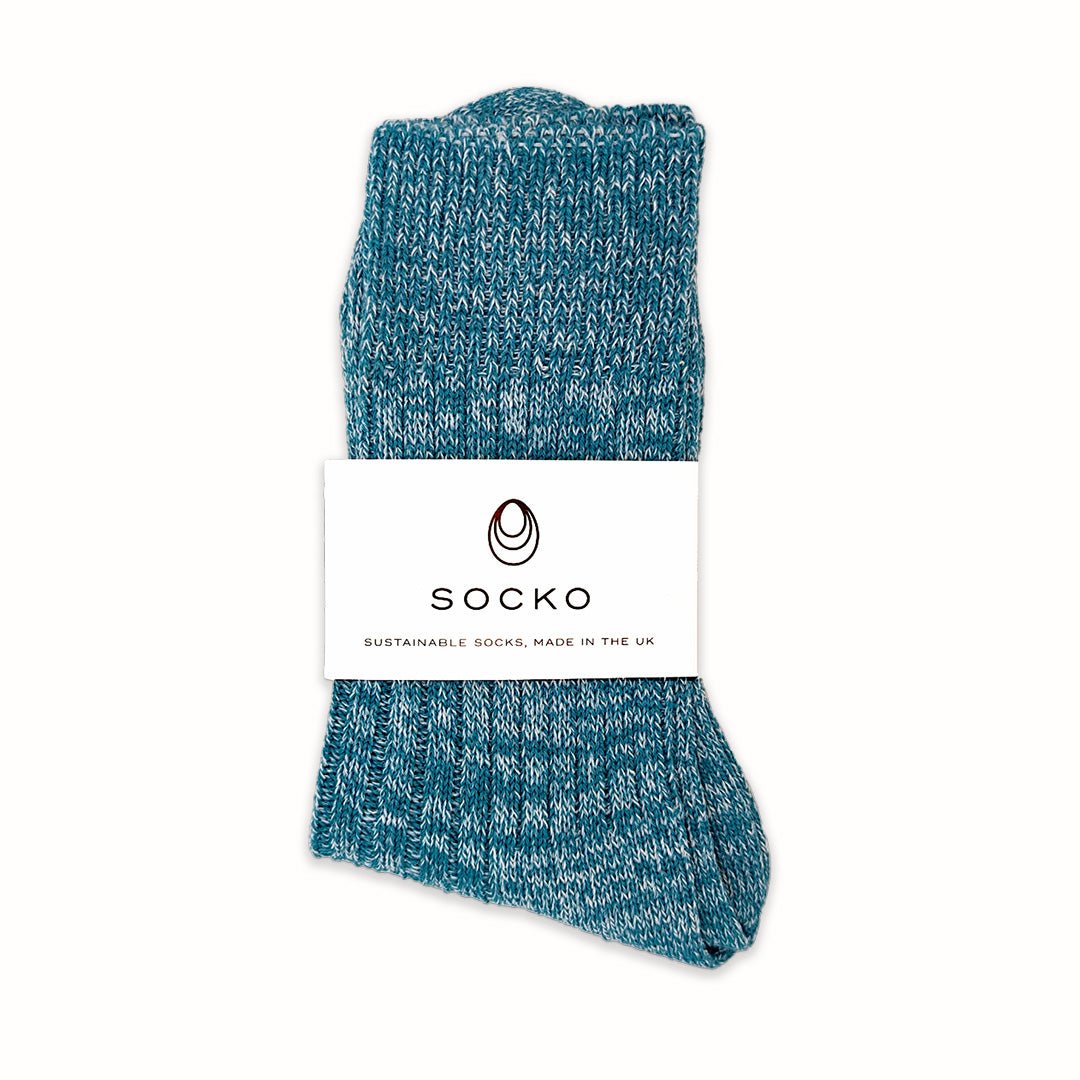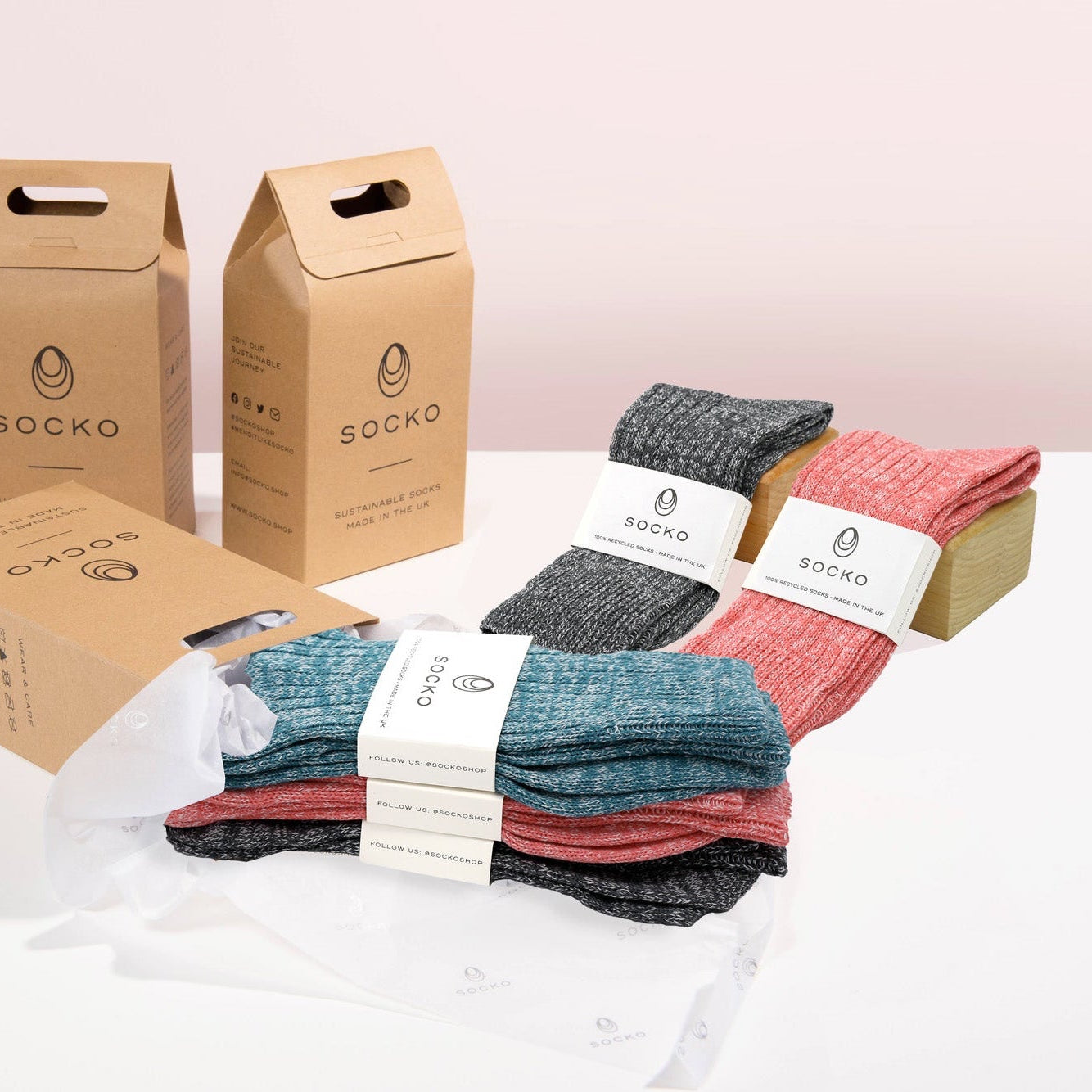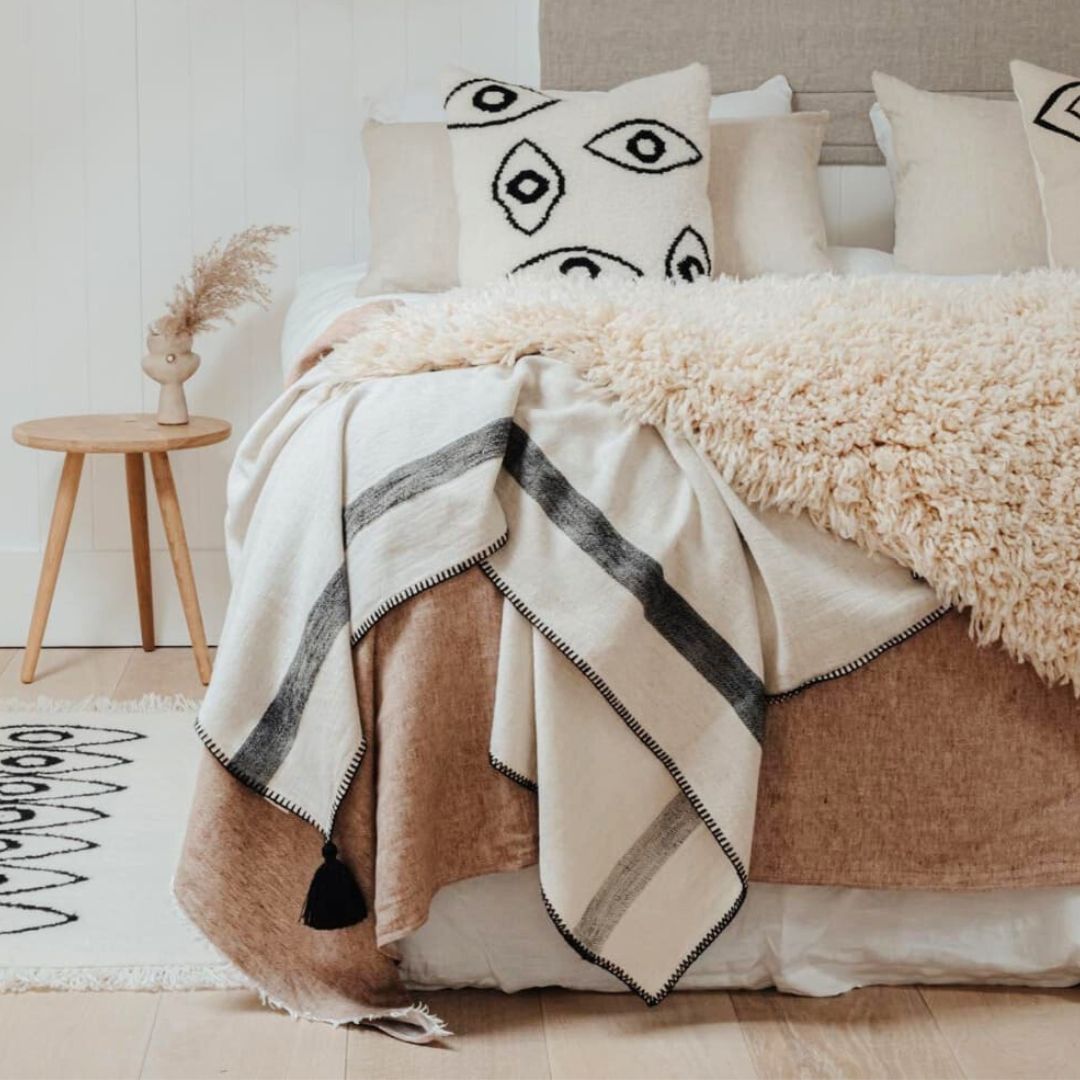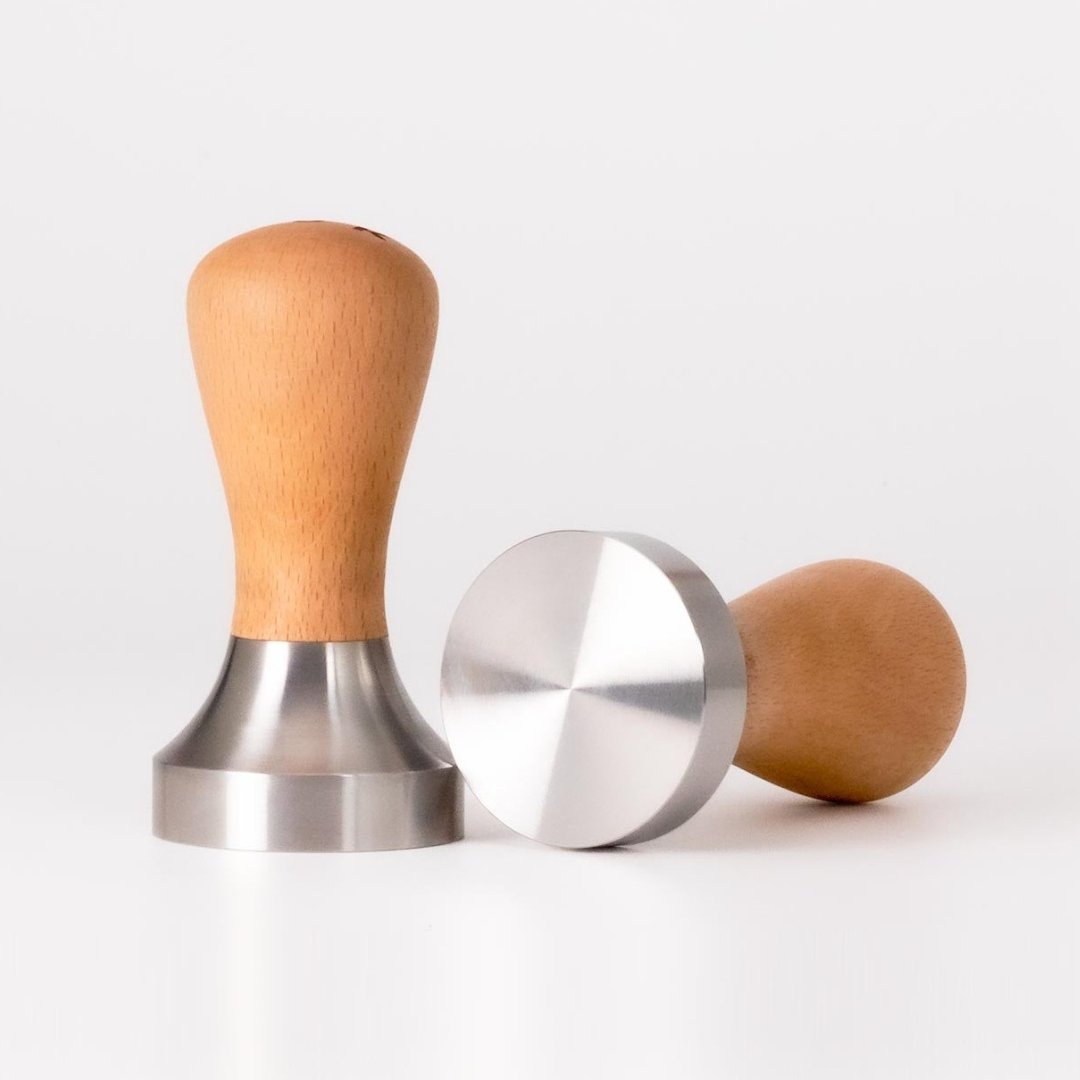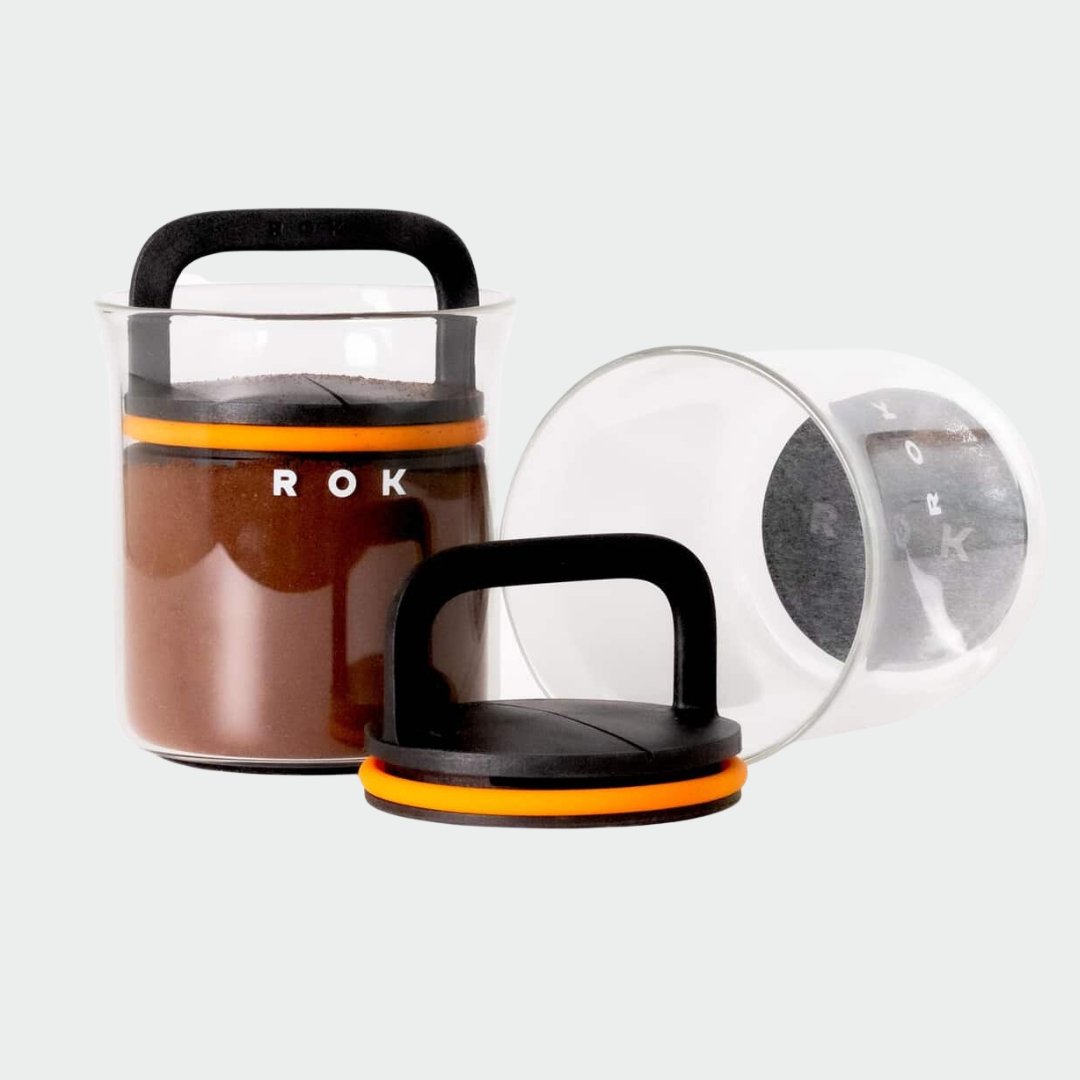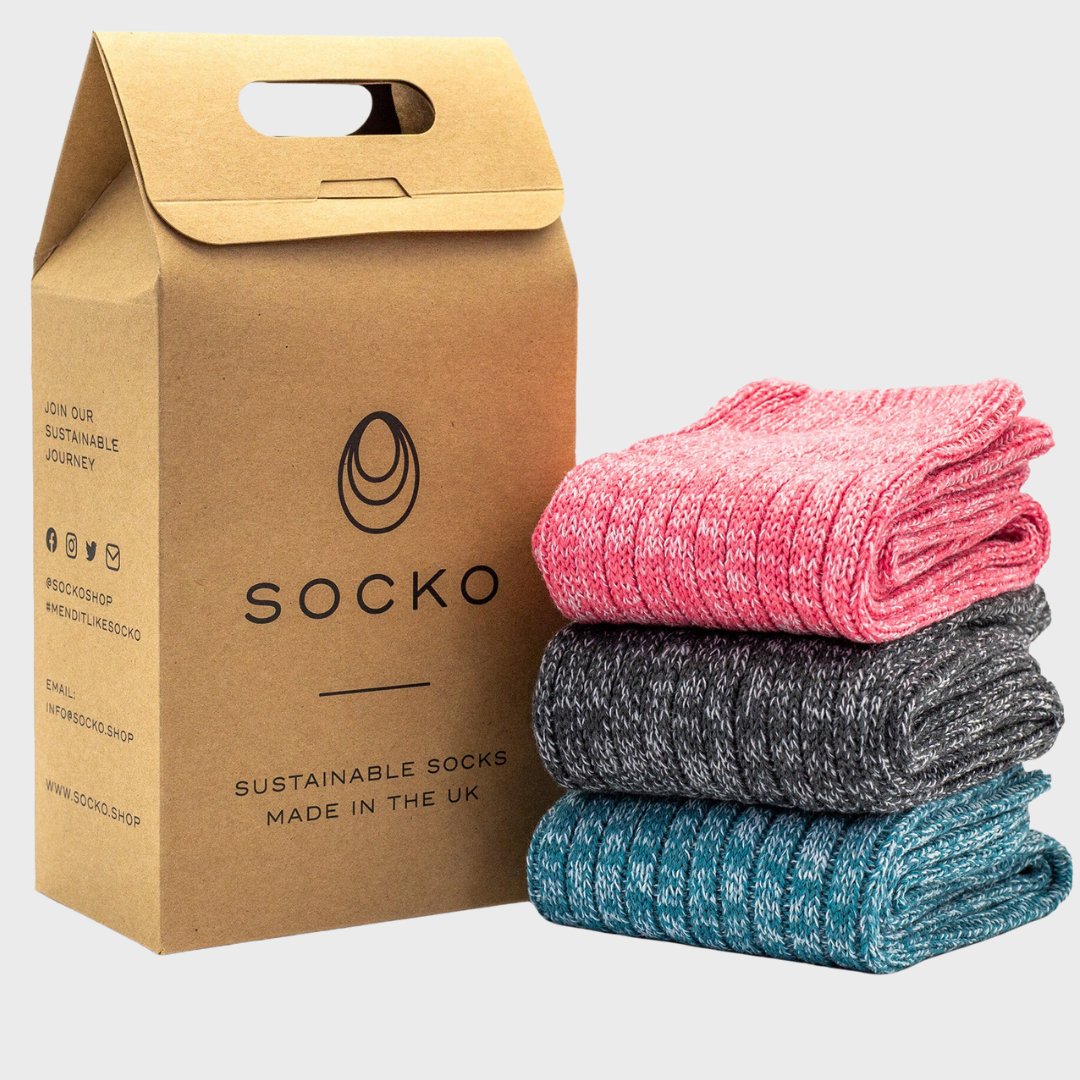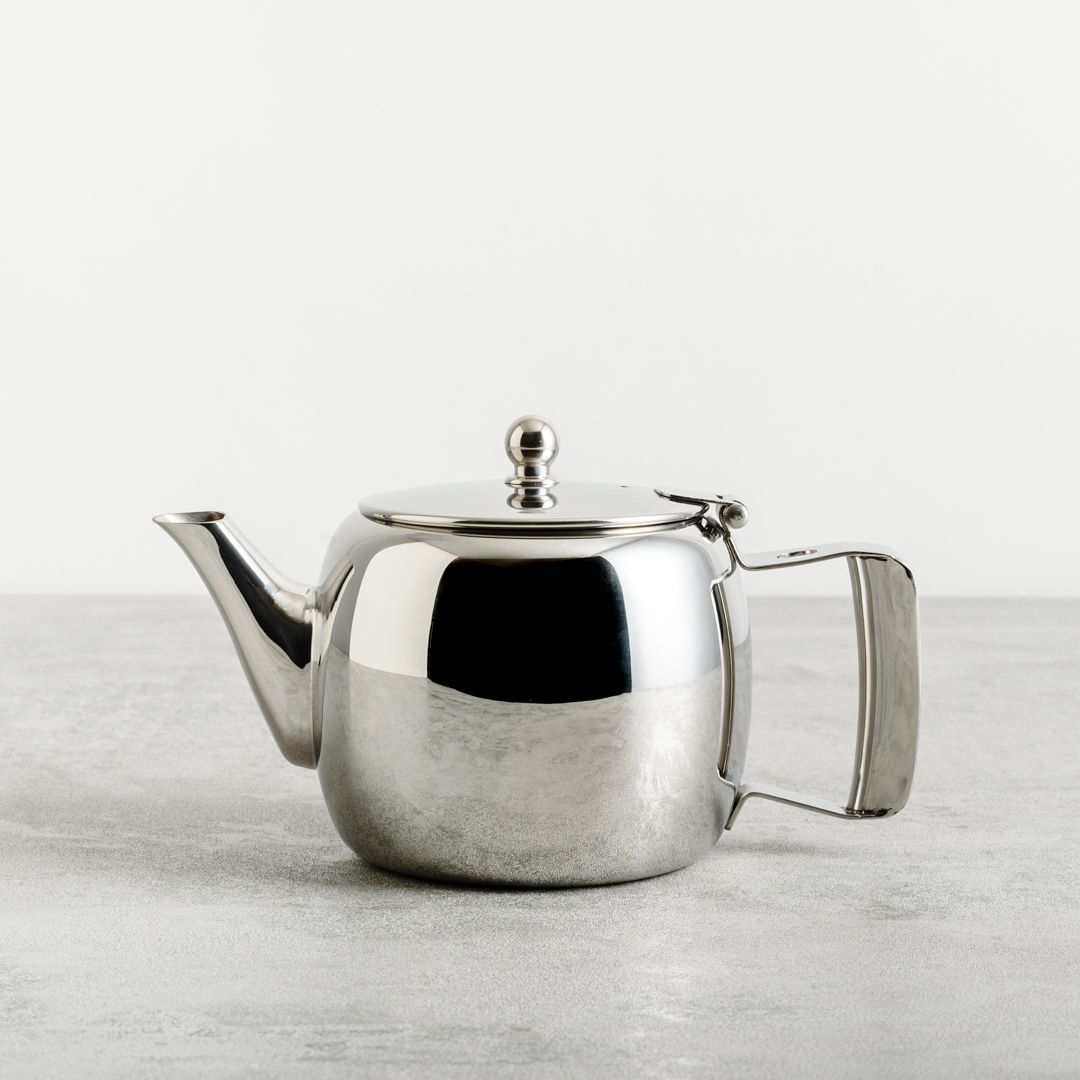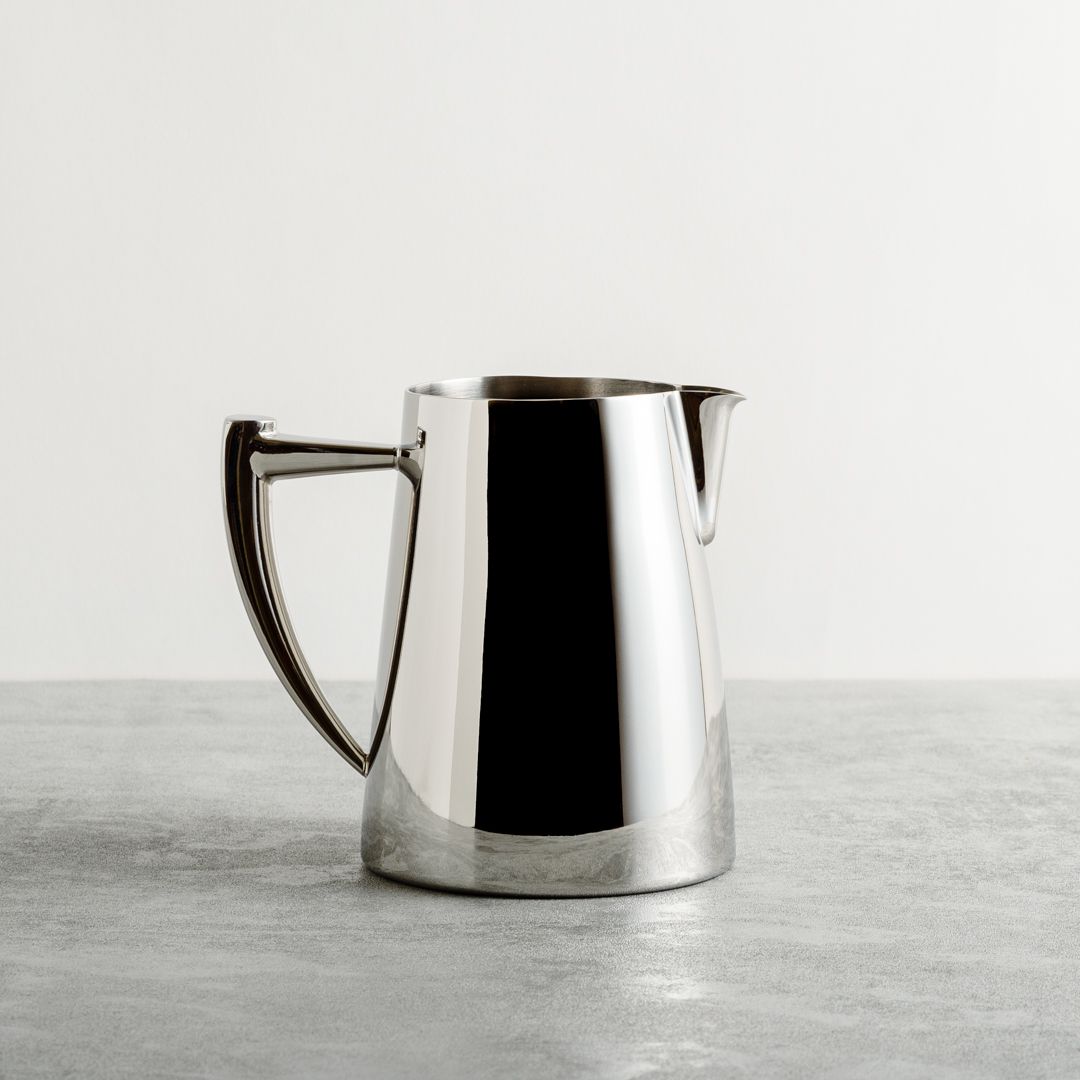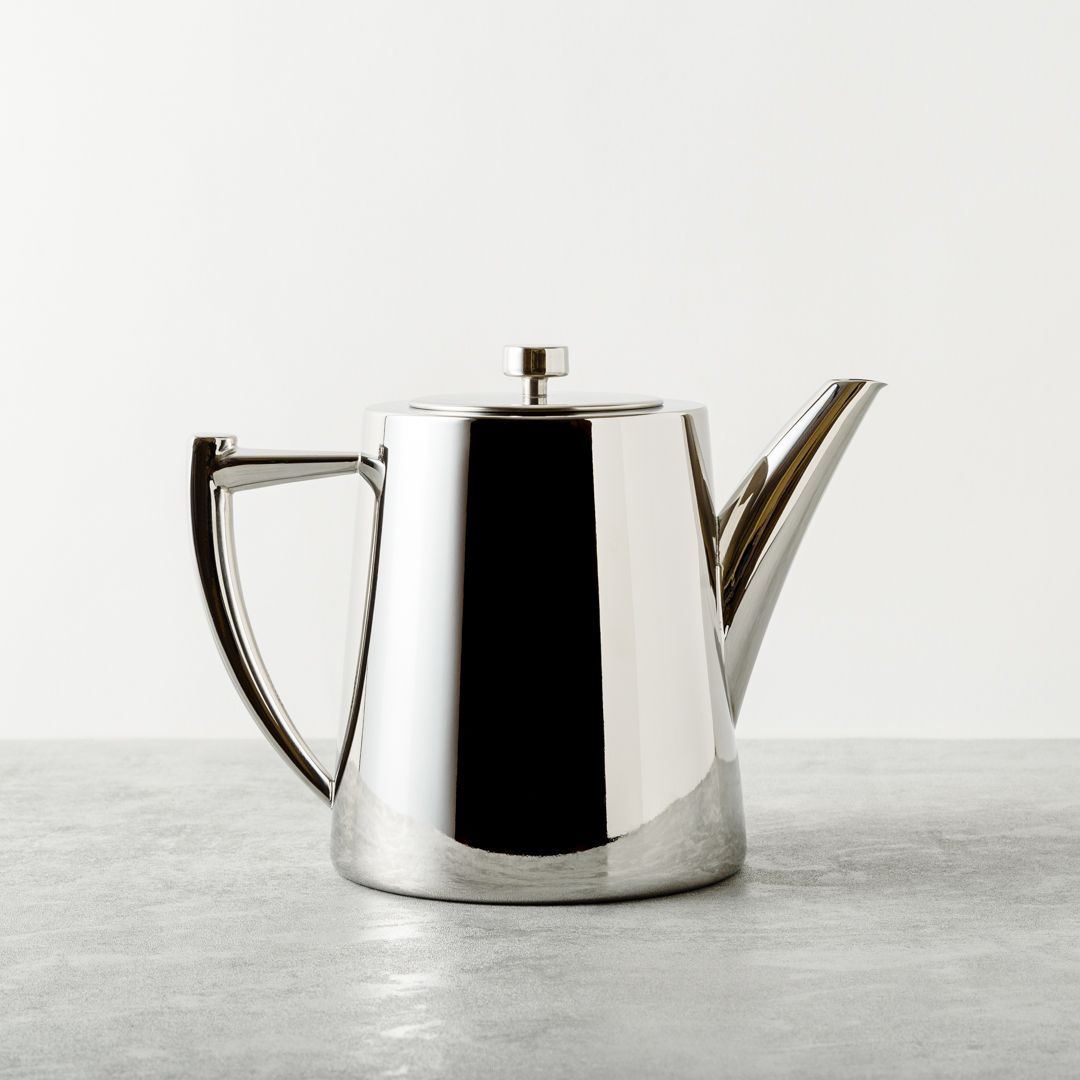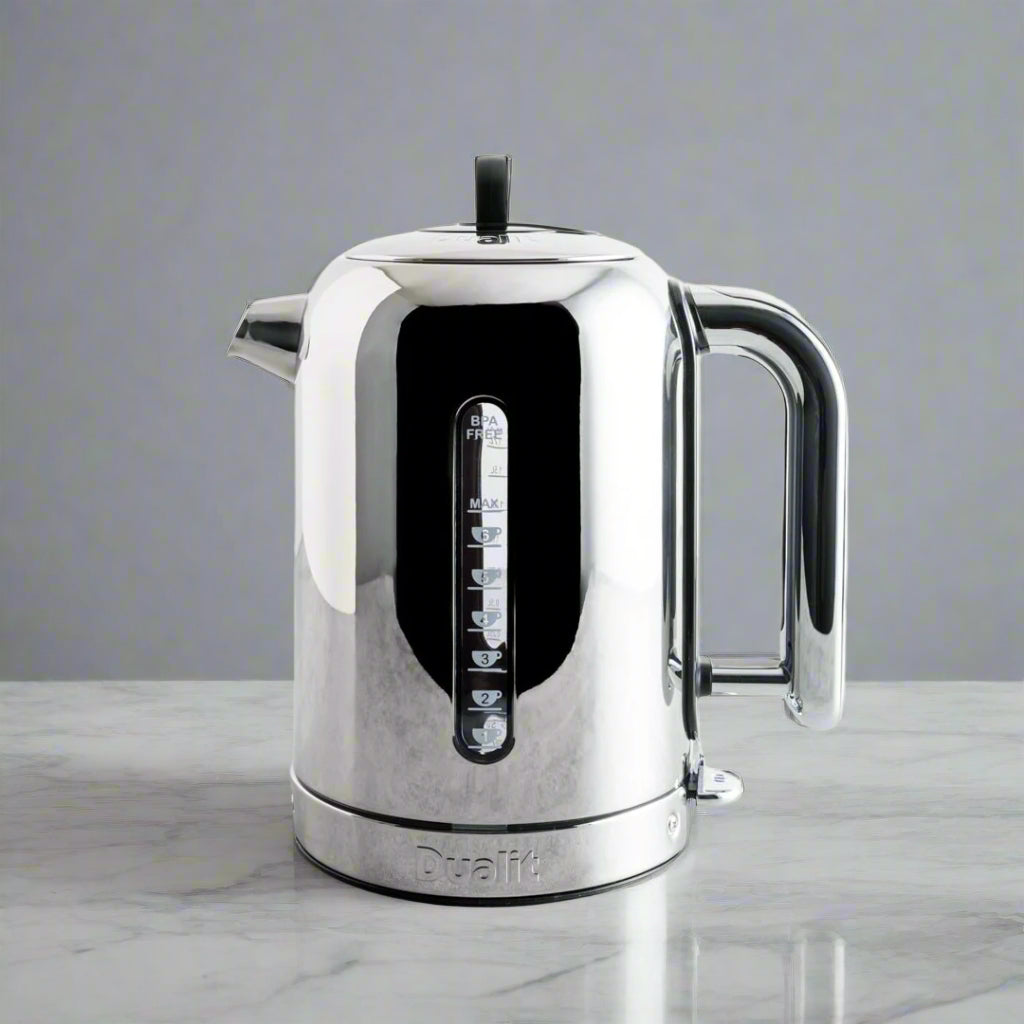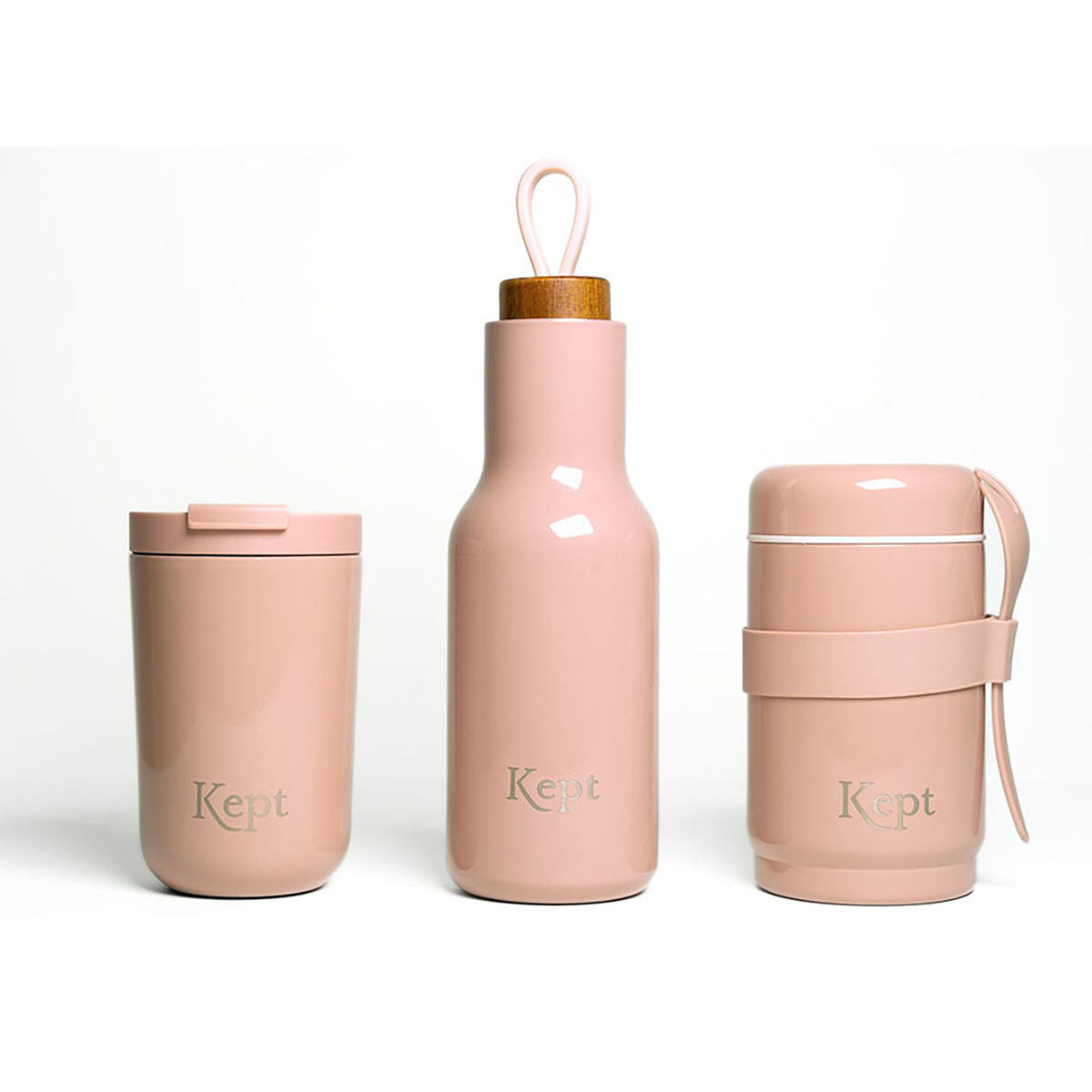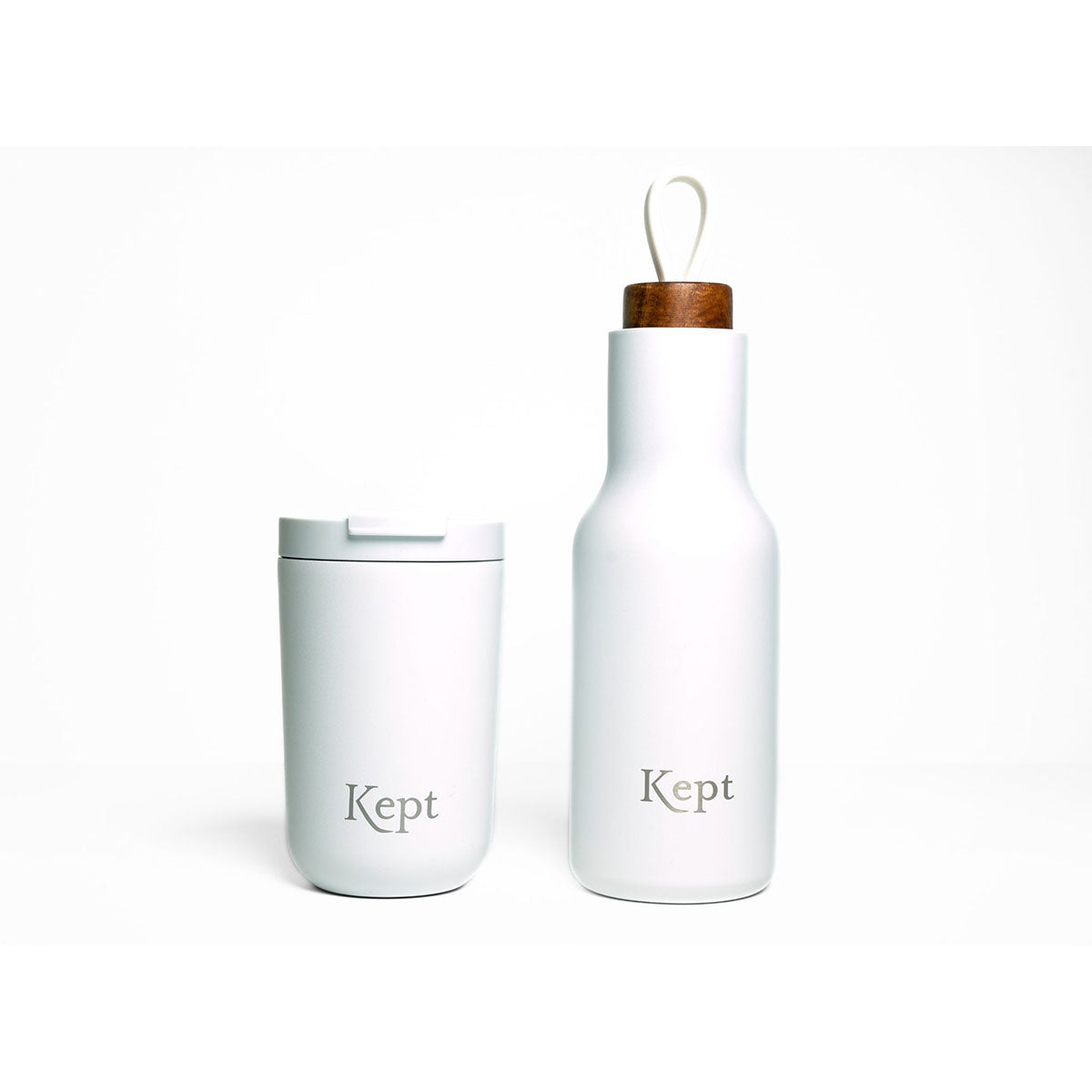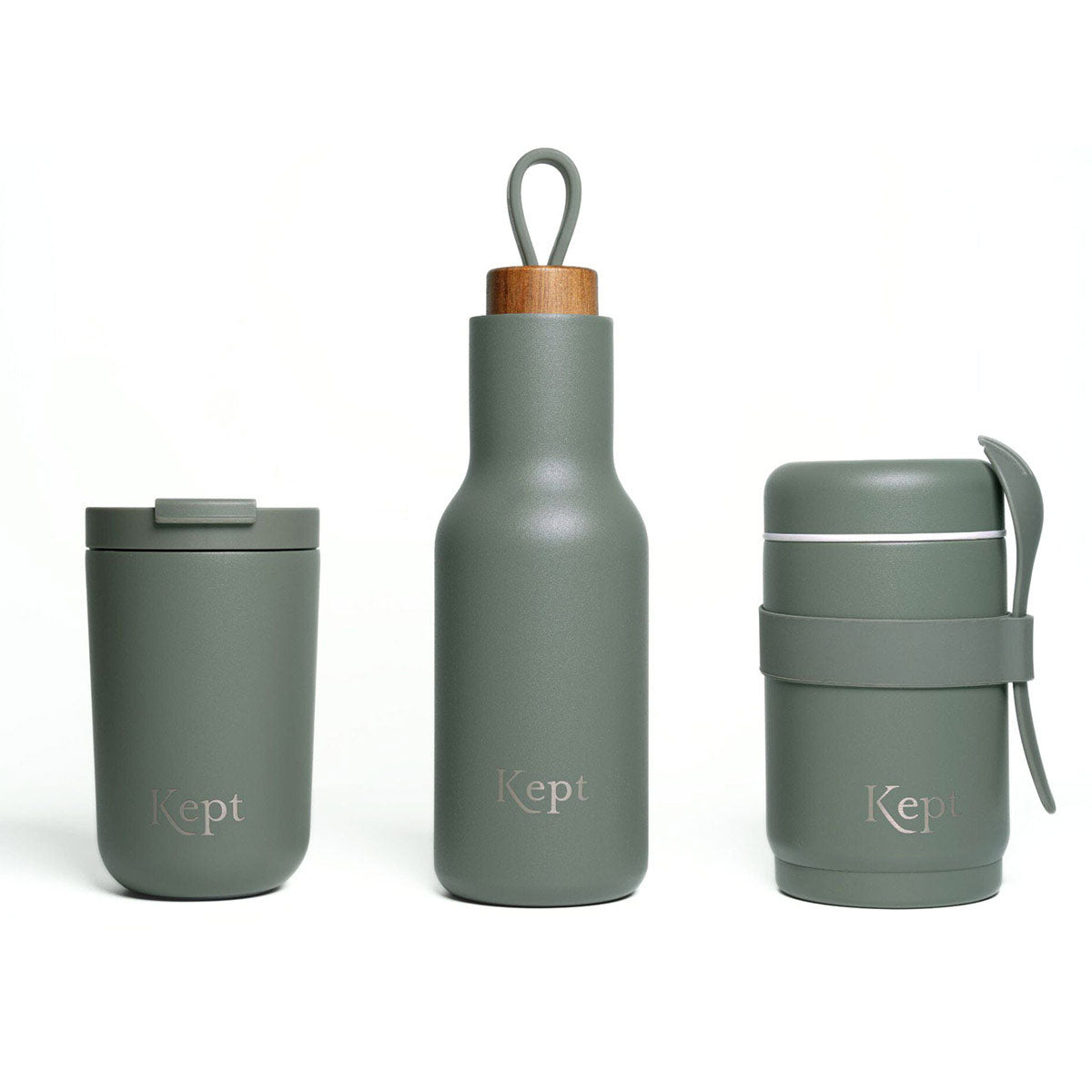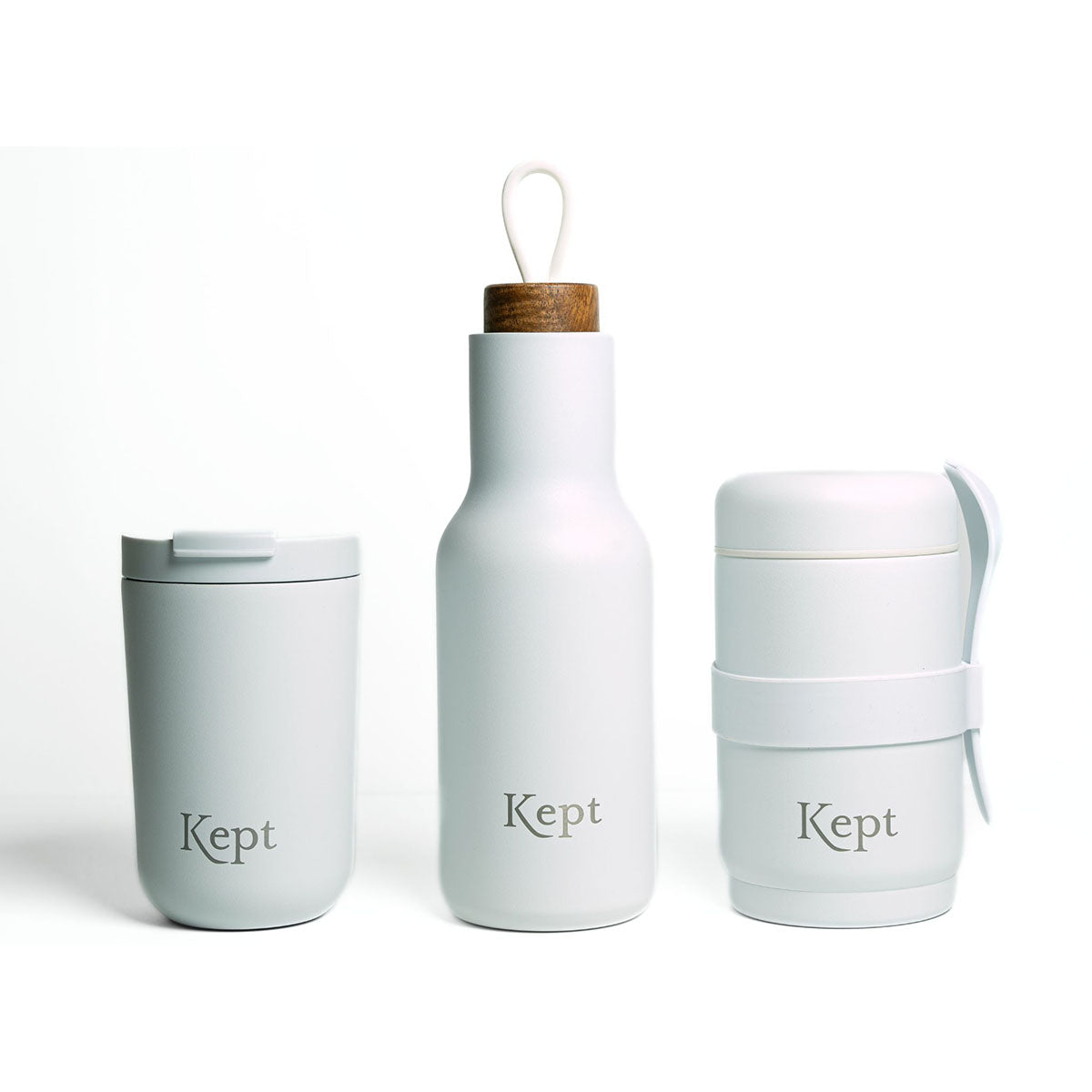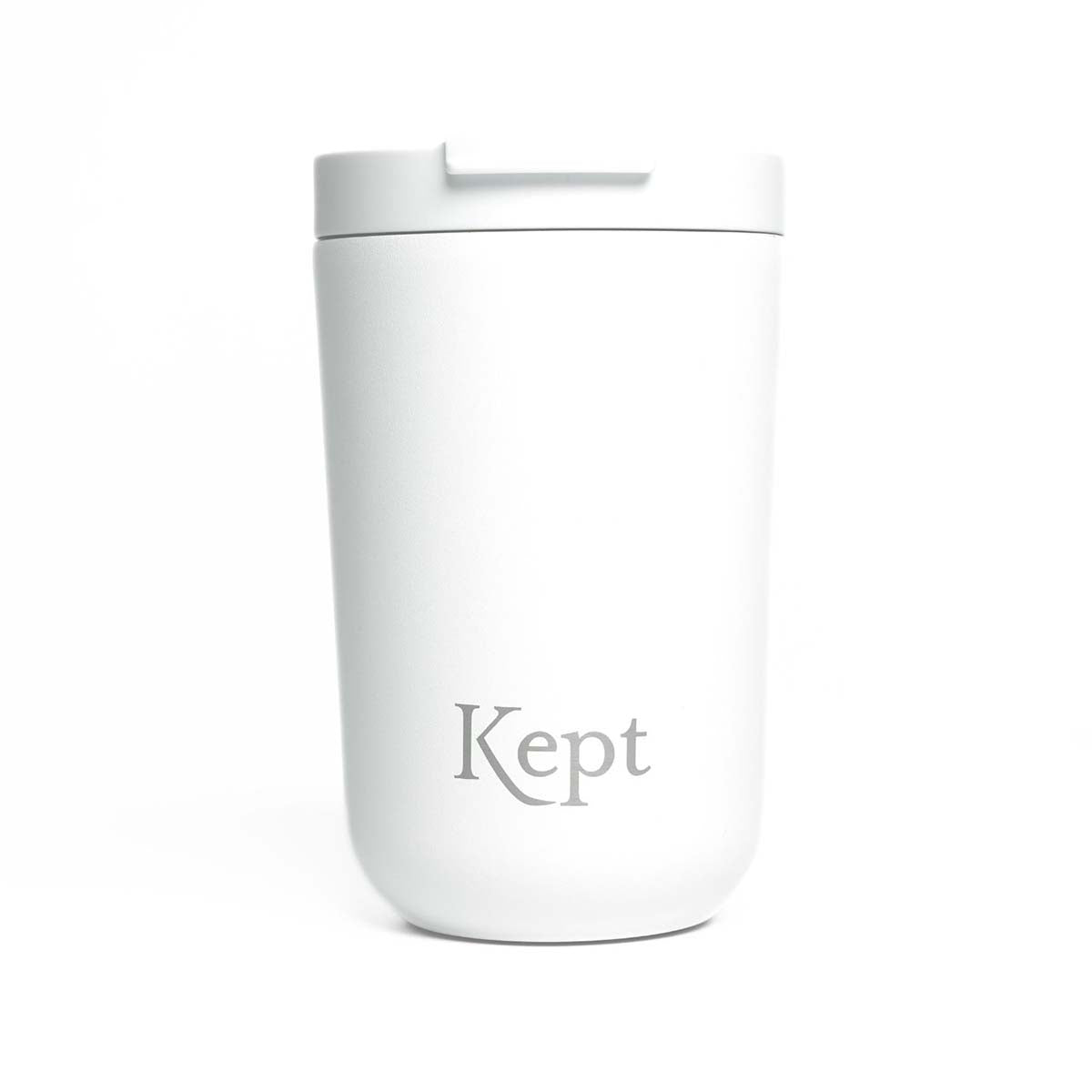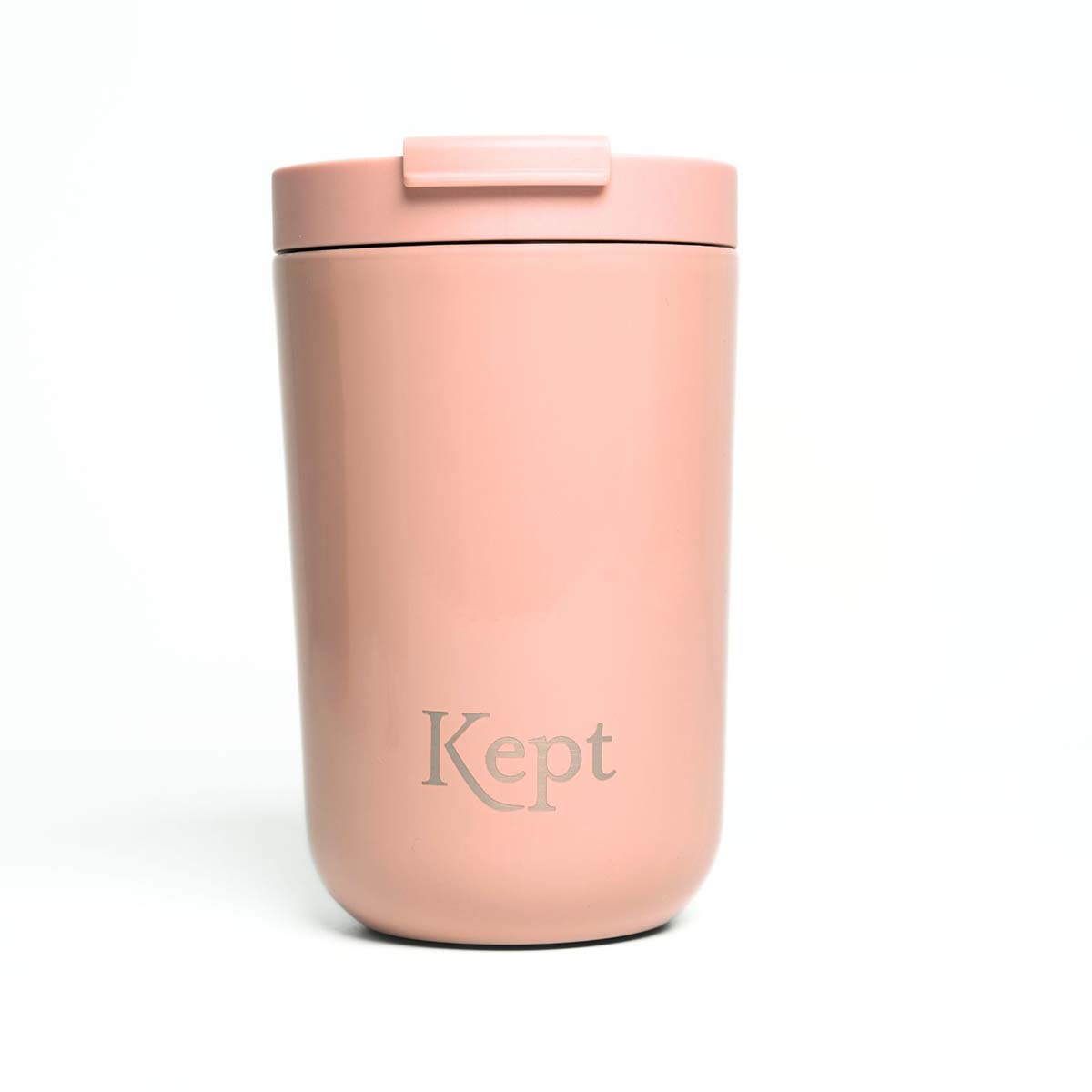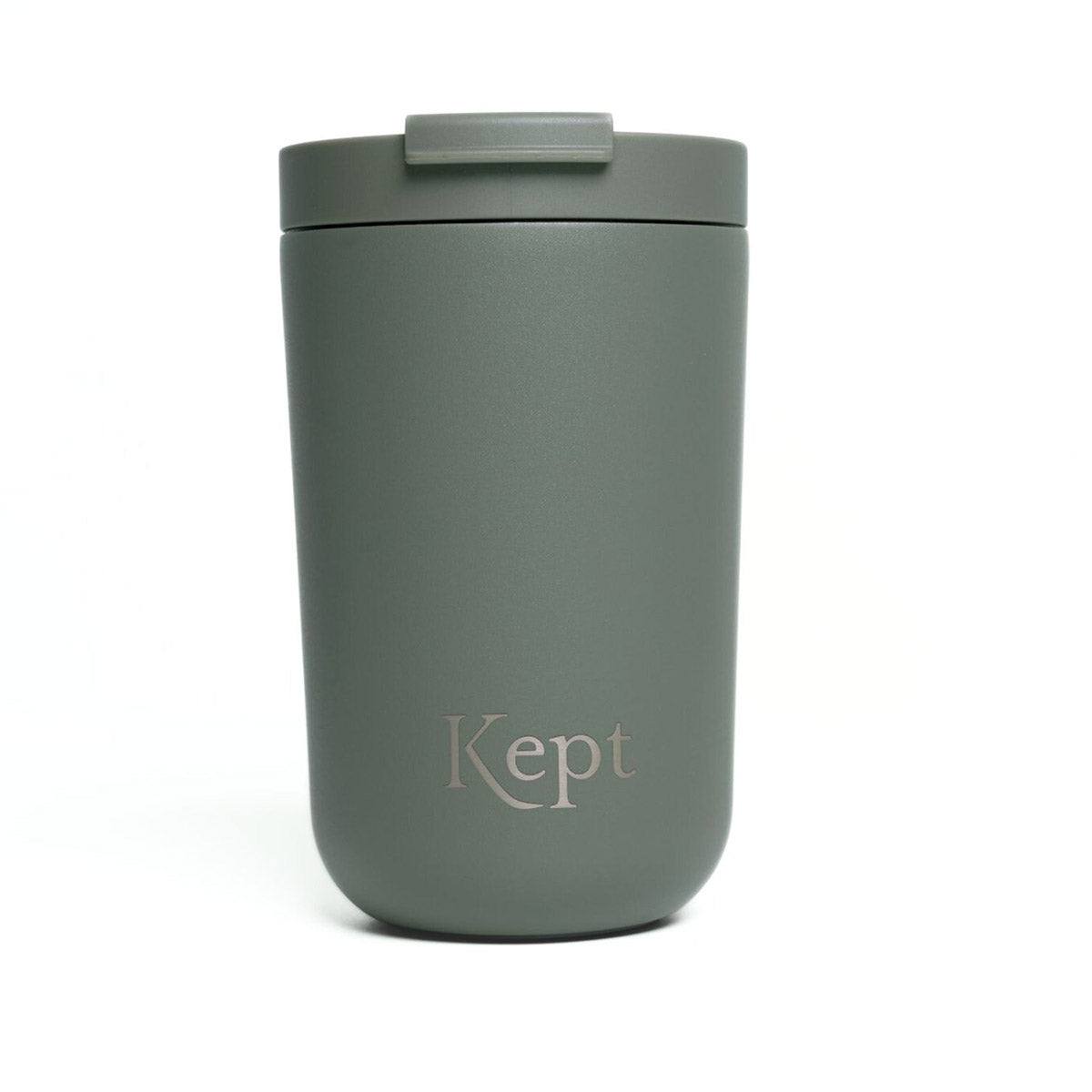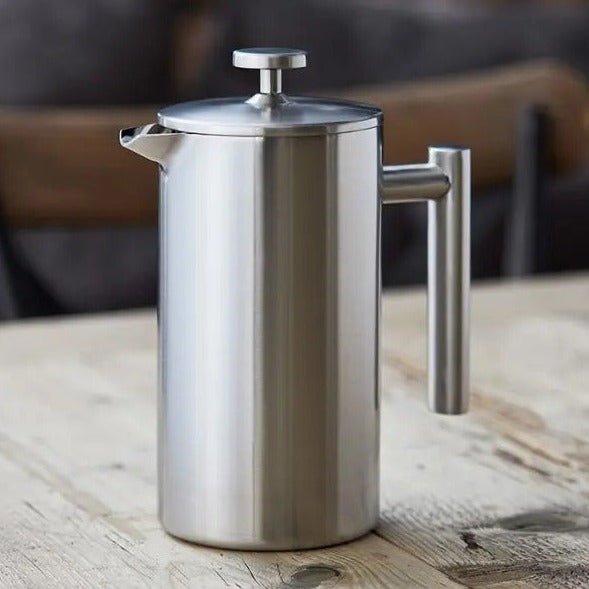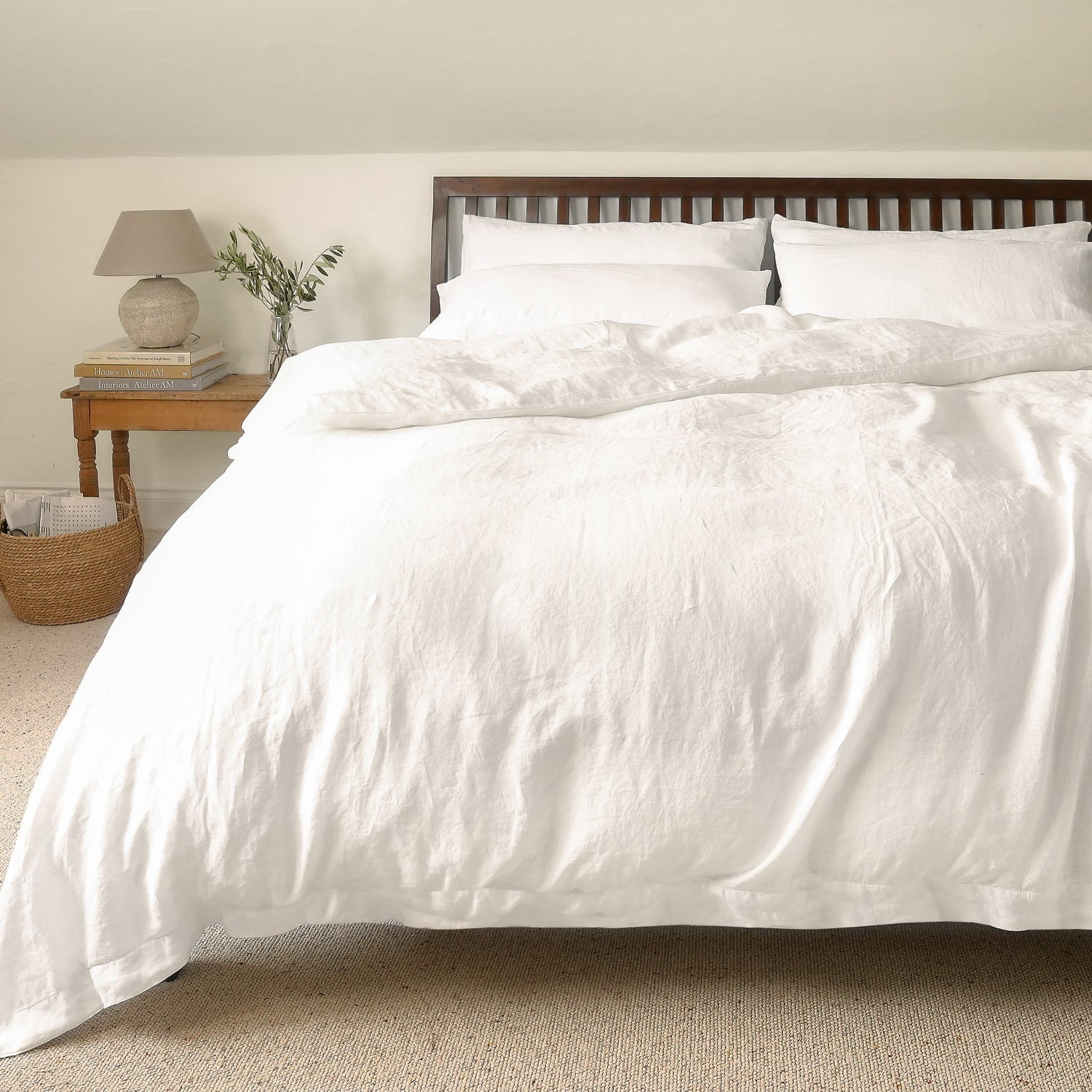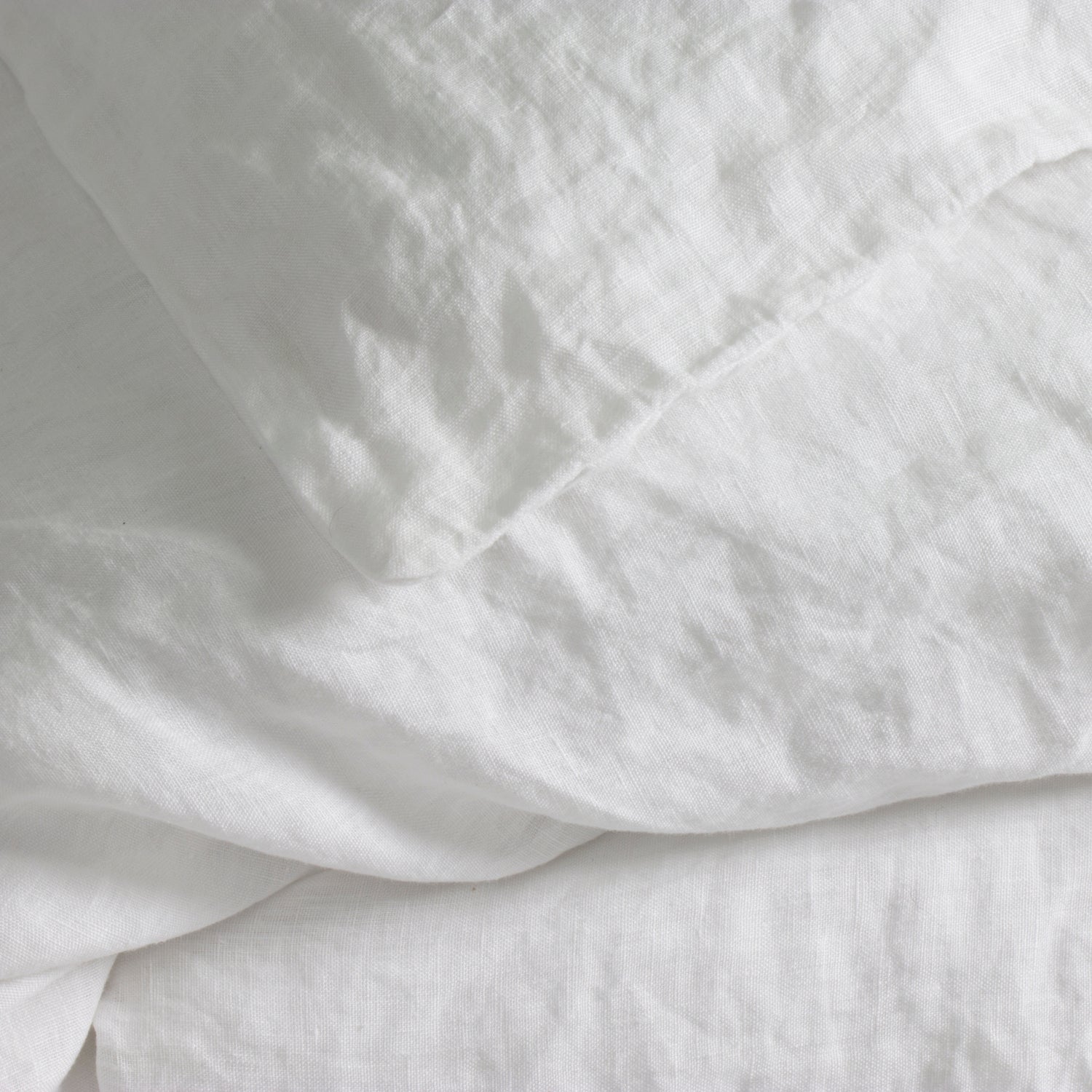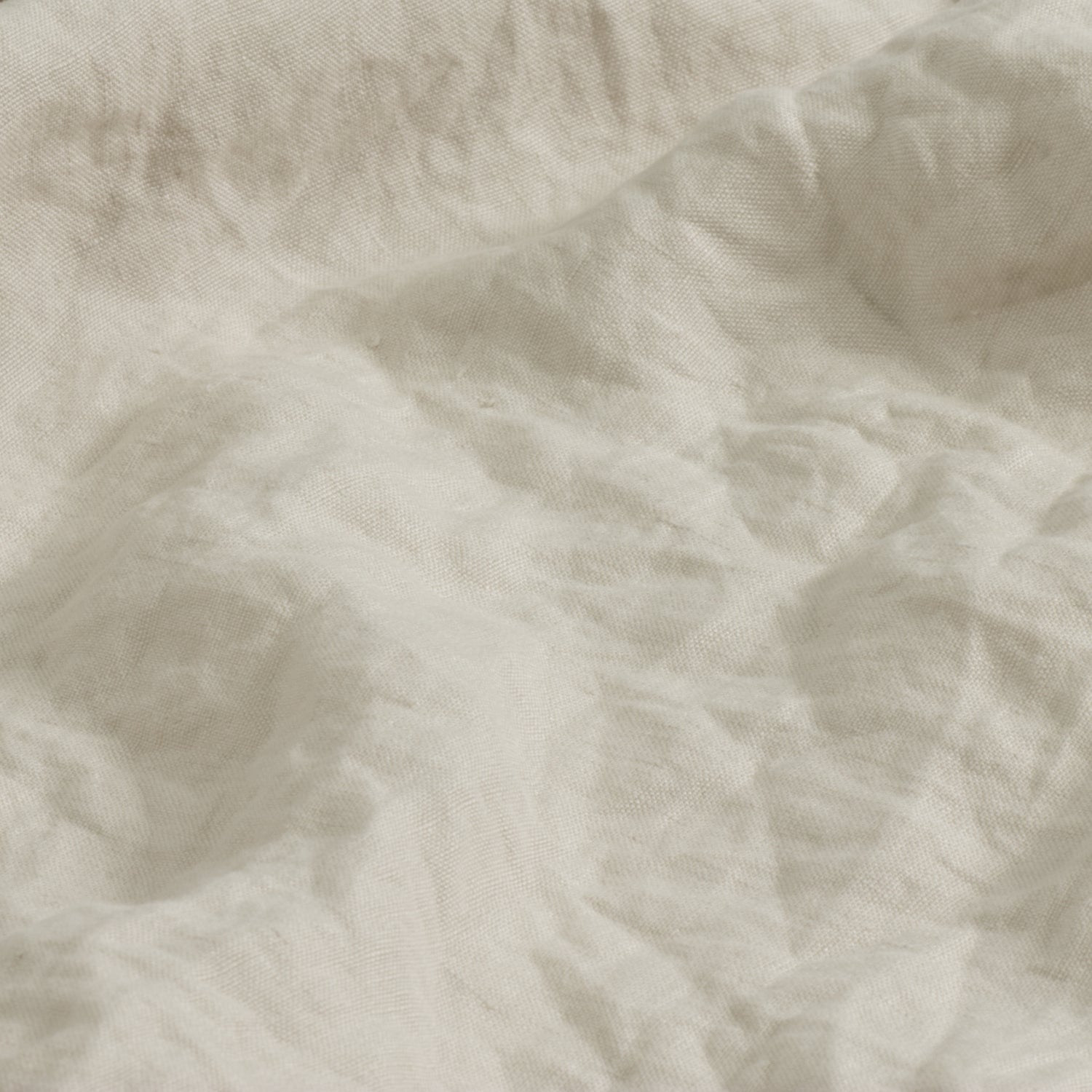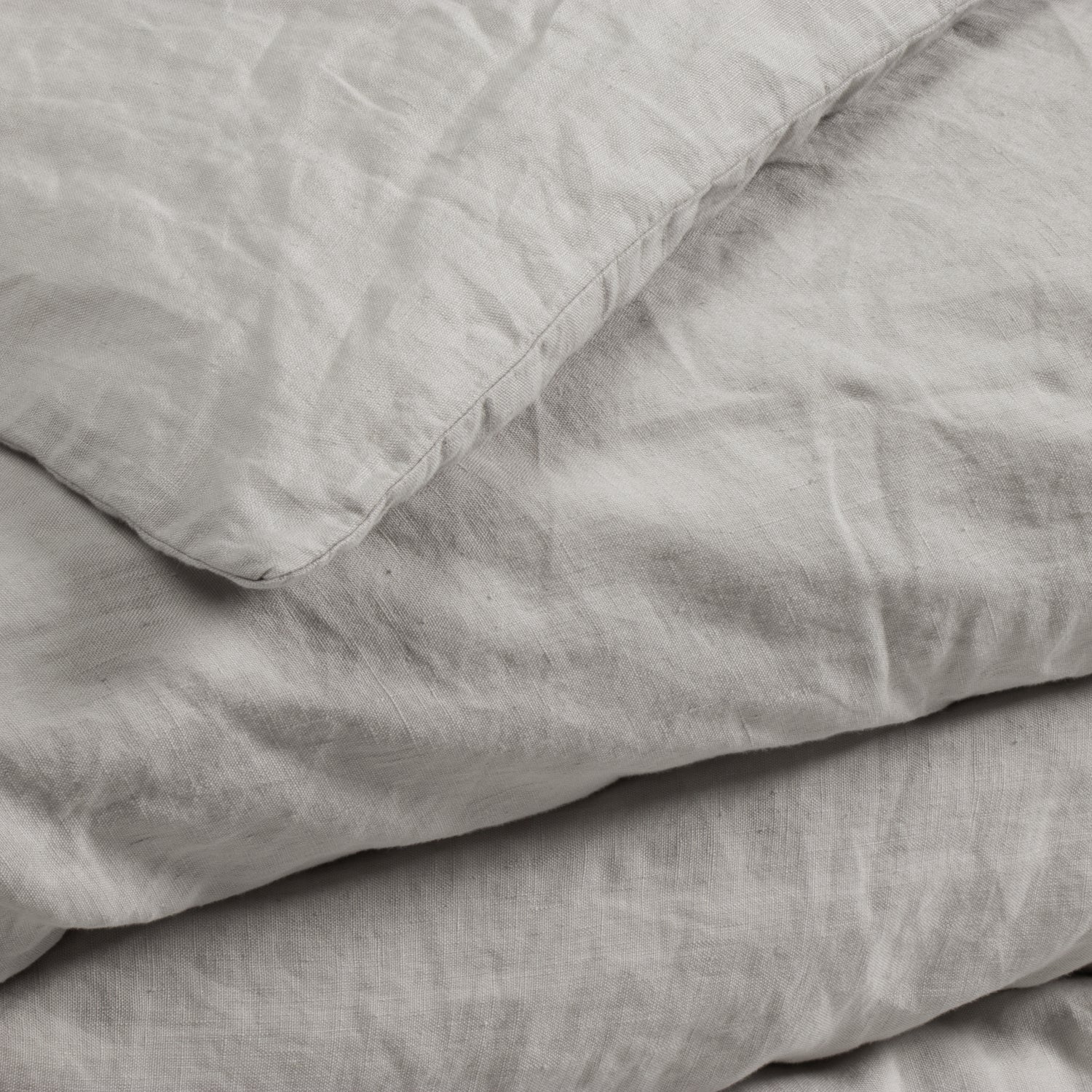The Cosy Collection
Good, solid things for staying warm and cosy. These blankets, socks, bedding and hot drink essentials are warm, well-made, and comforting to use. Nothing flashy - just dependable pieces that feel right on cold mornings and long evenings. Thoughtfully chosen for softness, warmth and long life, to help make winter something to look forward to.
Show next 36 items
FAQs about Keeping Cosy
How often should you change or wash your bedding for freshness?
For the best freshness and hygiene, bedding should be washed roughly every one to two weeks. Pillowcases and sheets are the main culprits for collecting sweat, oils and dead skin, so aim for a weekly wash if possible. Duvet covers and blankets can usually stretch to every fortnight, especially in cooler months. If you’ve got allergies or a pet that sneaks under the duvet, weekly is a wise shout. Regular washing keeps things breathable and helps long-lasting bedding stay soft and lovely for years to come.
What temperature should you wash cosy socks, blankets and bedding at?
To keep cosy socks, blankets and bedding going strong, wash them at 30–40°C. It’s a planet-friendly temperature that’s also gentle on fibres. For natural materials like wool or organic cotton, always check the care label - some may prefer cold water or hand washing to avoid any shrinking drama. Need to banish germs due to illness? A hot 60°C wash is fine occasionally, just don’t make a habit of it, or your woollens might throw in the towel.
How do you get rid of lice or fleas in bedding safely and naturally?
To remove lice or fleas in bedding safely and naturally, wash everything at 60°C with regular detergent. This temperature is hot enough to deal with the nasties and their eggs. Pop items in the dryer on high if they can handle it, or freeze delicates in a sealed bag for 48 hours as a chemical-free fix. Don’t forget to vacuum well and wash any pet bedding too. It’s the best way to keep even buy-it-for-life bedding pest-free without damaging the fibres. For more tips, visit our Product Care & Repair blog hub.
Which items in the Cosy Collection are truly buy-it-for-life?
The items in our Cosy Collection that are truly buy-it-for-life include those made from sturdy natural materials with timeless looks and either a lifetime guarantee or repairable design. Think wool throws from British mills, brushed cotton bedding built to last, or slippers with replaceable soles. Many come with up to 25-year warranties or lifelong repair support. These are products made to go the distance - and look lovely doing it. Browse them all in our Cosy Collection or learn how we choose them via our research process.
What care tips help cosy blankets and brushed cotton bedding last longer?
To make cosy blankets and brushed cotton bedding last longer, wash at 30–40°C with a mild detergent and skip the fabric softener - it can leave a coating that spoils softness. Wool or knitted pieces should be rolled dry and air-dried flat to keep their shape. Brushed cotton? Line-dry it or use a low tumble setting. Store blankets loosely in a dry place, not plastic, to fend off musty smells. Still curious? Our blog has more sustainable sleepwear and bedding tips.
What size is king bedding, and how does it differ from standard sizes?
King bedding in the UK is usually 230 x 220 cm for the duvet and 150 x 200 cm for the mattress. That’s a spot of extra luxury compared to a double (200 x 200 cm), and a more manageable size than a super king (260 x 220 cm). Perfect if you like a generous drape or share your bed with someone who hogs the covers. Just double-check the depth of your fitted sheet, especially if you use a topper, so it stays put.
Should you wash new bedding before using it for the first time?
Yes, it’s best to wash new bedding before using it for the first time. Even the loveliest long-lasting bedding can arrive with traces from manufacturing or packaging. A gentle wash helps soften the fibres, shed any loose fluff and freshen things up. For natural materials like brushed cotton or organic linen, it also helps them settle into their final feel. This simple first step makes for comfier, cleaner sleep from day one - and gets your long-lasting bedding off to the right start.





